
Countries with the highest rates of public-sector corruption
Countries with the highest rates of public-sector corruption
Public-sector corruption is often felt before it is seen. It is carried out in private agreements and manifests publicly at polling stations, jails, hospitals, banks, and government buildings—places not all people have direct or consistent familiarity with.
While there are certainly exceptions to this position—perhaps the most egregious, recent example being the wide-reaching attempted malfeasance surrounding the 2020 U.S. presidential election—most public-sector corruption is systemic and, as such, is equal parts obsequious and insidious.
Transparency International's Corruption Perceptions Index quantifies how corruption varies in frequency and type from country to country worldwide. It uses 13 public data sets exploring bribery, nepotism, state capture, embezzlement, prosecution of corrupt leaders, legal protections for journalists and whistleblowers, enforcement of integrity mechanisms, and other factors. Stacker leveraged that index to identify the countries most corrupt in their public-sector systems and operations. The full methodology, which ranks countries on a score between 1 and 100, is available on Transparency International's website.
COVID-19 exacerbated existing corruption in many areas. The pandemic widened the windows for increasing abuses of power by law enforcement in many regions, especially in Latin America and certain parts of Africa. Countries that are already home to significant disparities in quality of life between high- and low-income communities often see higher rates of public sector corruption, as vulnerable, marginalized communities serve as scapegoats, bearing the disproportionate brunt of financial and institutional inequalities without the means to hold officials accountable. Especially in developing countries, this often means ethnic minorities, LGBTQ+ communities, and low-income populations effectively become targets.
On the other end of the spectrum, the index found that the least corrupt countries—among them New Zealand, Finland, Denmark, Sweden, and Singapore—tend to rank highly in practicing transparency within elections, financial institutions, and government affairs.
Some countries are beginning to take a turn for the better. Nations such as Armenia, Angola, and Uzbekistan, among other Middle Eastern and central African countries, have seen significant jumps in their respective CPI rankings since 2017. Other nations, such as Afghanistan, Brazil, and Somalia, have begun implementing systems of checks and balances meant to block corruption from becoming institutionalized in public infrastructure. Although such developments would seem to be in direct conflict with the regime controlling some of these countries—such as Afghanistan, which continues to sit rather low on the CPI—signs of progress can be seen in these countries' financial systems and government contracting processes, according to a 2020 World Bank report.
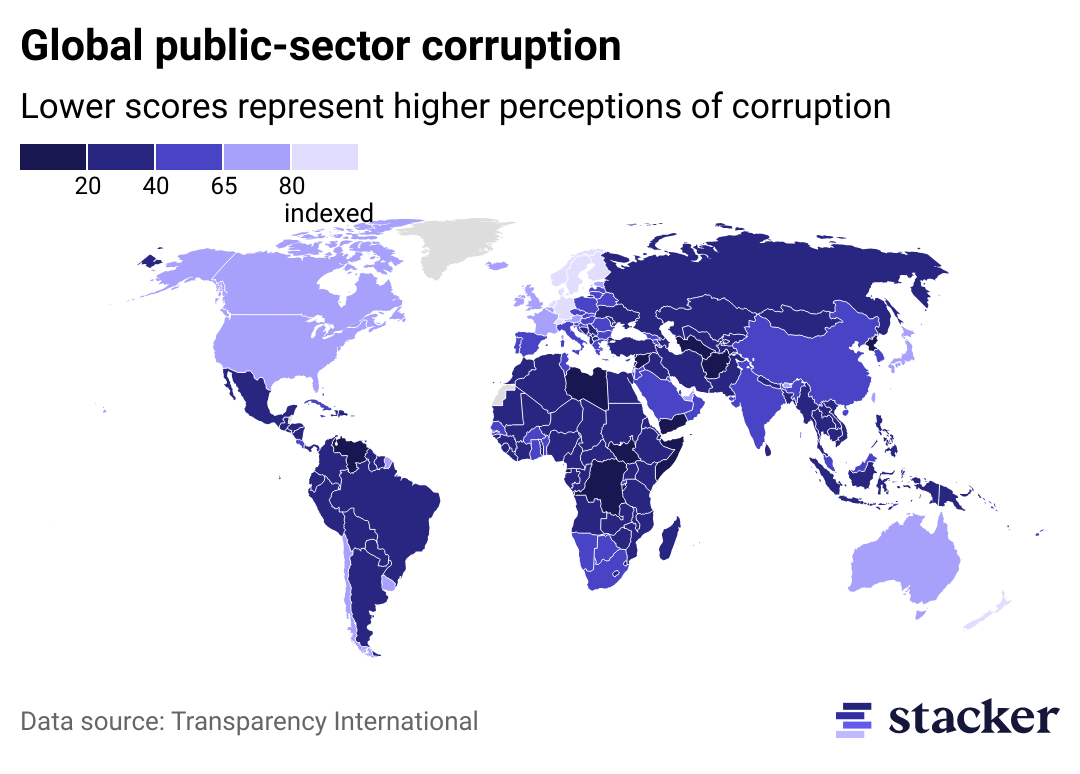
The US ranks #154
The United States has a relatively low level of public-sector corruption on a global scale. Nevertheless, as exemplified by Finland, which, along with Denmark, is the least corrupt country in the world, "corruption-free countries do not exist."
Chicago, Miami, Baltimore, and Los Angeles see some of the highest rates of corruption nationwide. Unsurprisingly, Washington D.C.—with its disproportionate density of government agencies—eclipses all other areas of the nation in corruption incidents. The contestation of the results of the 2020 presidential election was an all-time low for corruption in the country, with at least 253 politicians supporting baseless claims undermining a free and fair election.
In December 2021, the Biden administration introduced the U.S. Strategy on Countering Corruption, the first of its kind in the country. The plan focuses on countering illicit transnational financial activity through international cooperation. Along with Switzerland, the U.S. is one of only two countries worldwide that are "active enforcers" taking quantifiable steps to investigate and charge officials with corrupt activities.
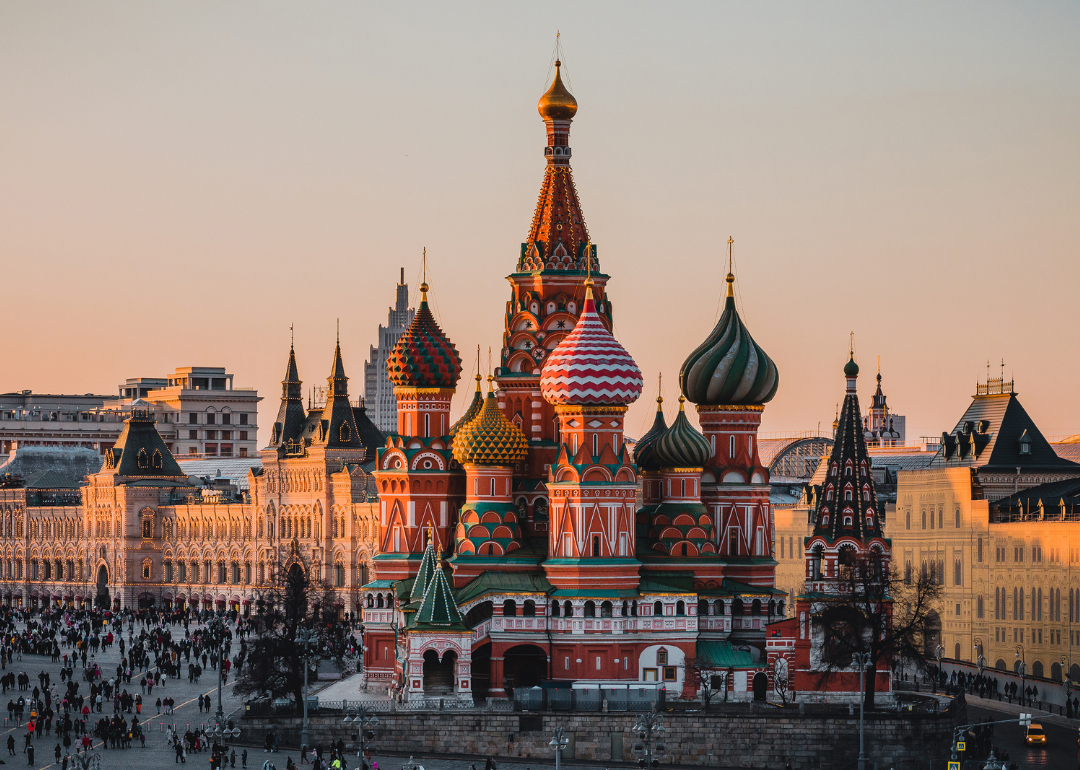
#45. Russia (tie)
- Score: 29 (based on 9 sources)
- Region: Eastern Europe and Central Asia
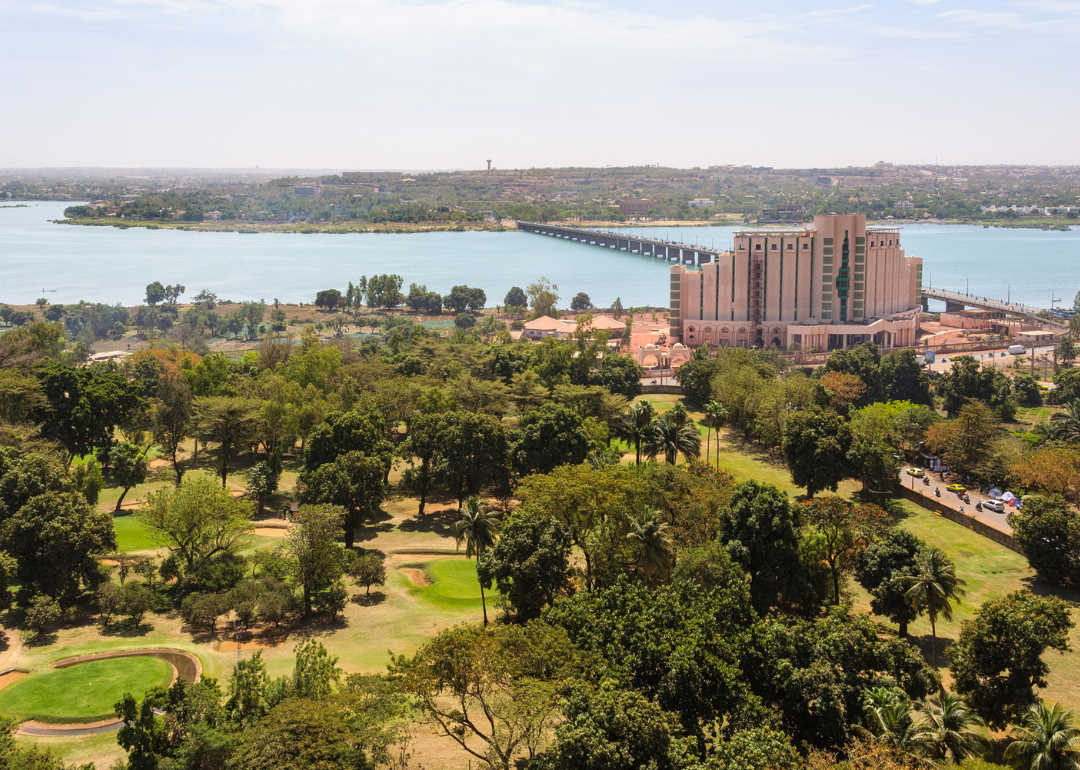
#45. Mali (tie)
- Score: 29 (based on 8 sources)
- Region: Sub-Saharan Africa
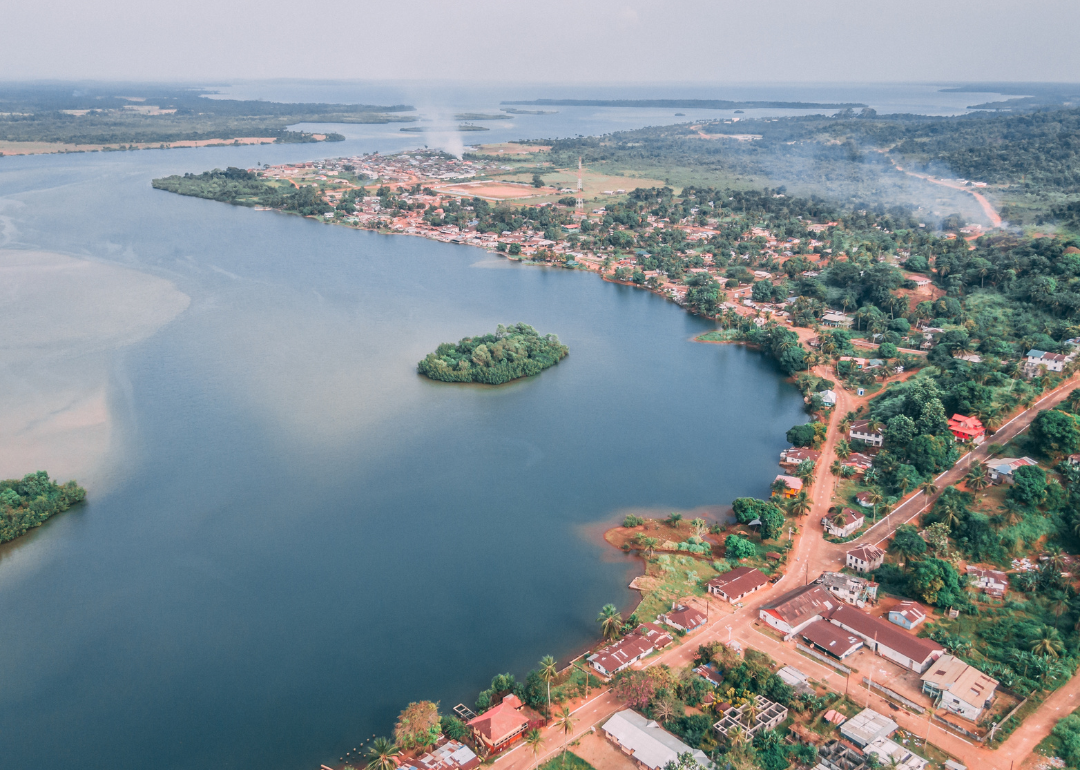
#45. Liberia (tie)
- Score: 29 (based on 8 sources)
- Region: Sub-Saharan Africa
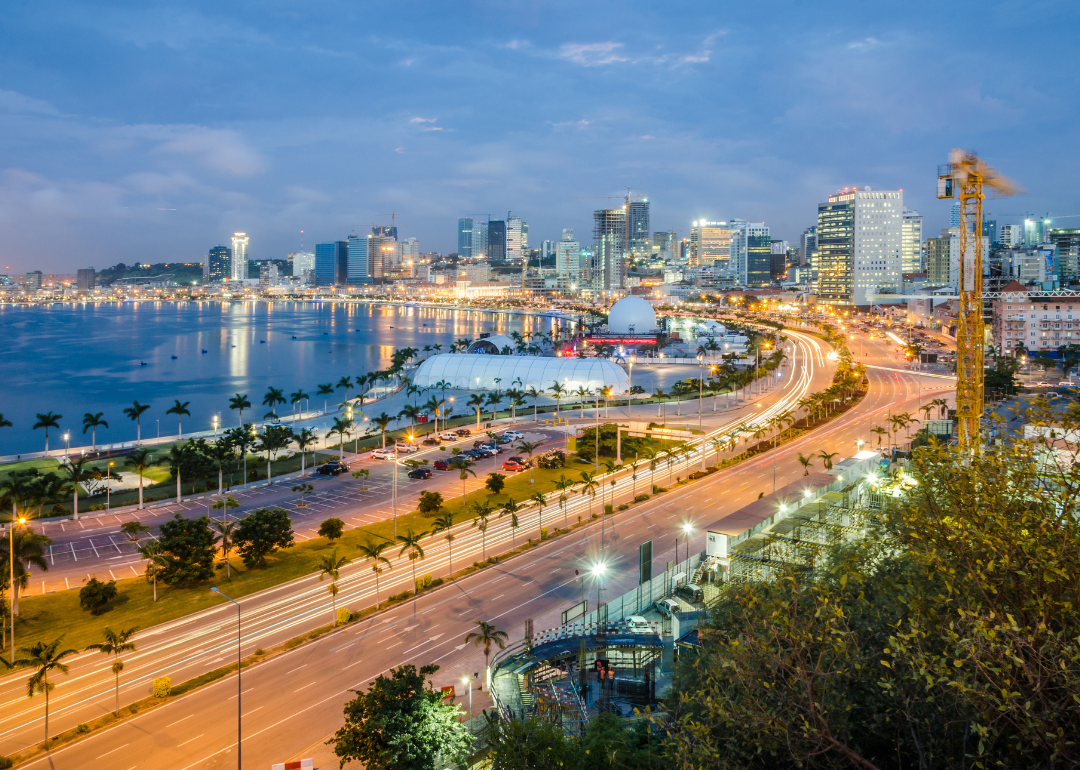
#45. Angola (tie)
- Score: 29 (based on 7 sources)
- Region: Sub-Saharan Africa
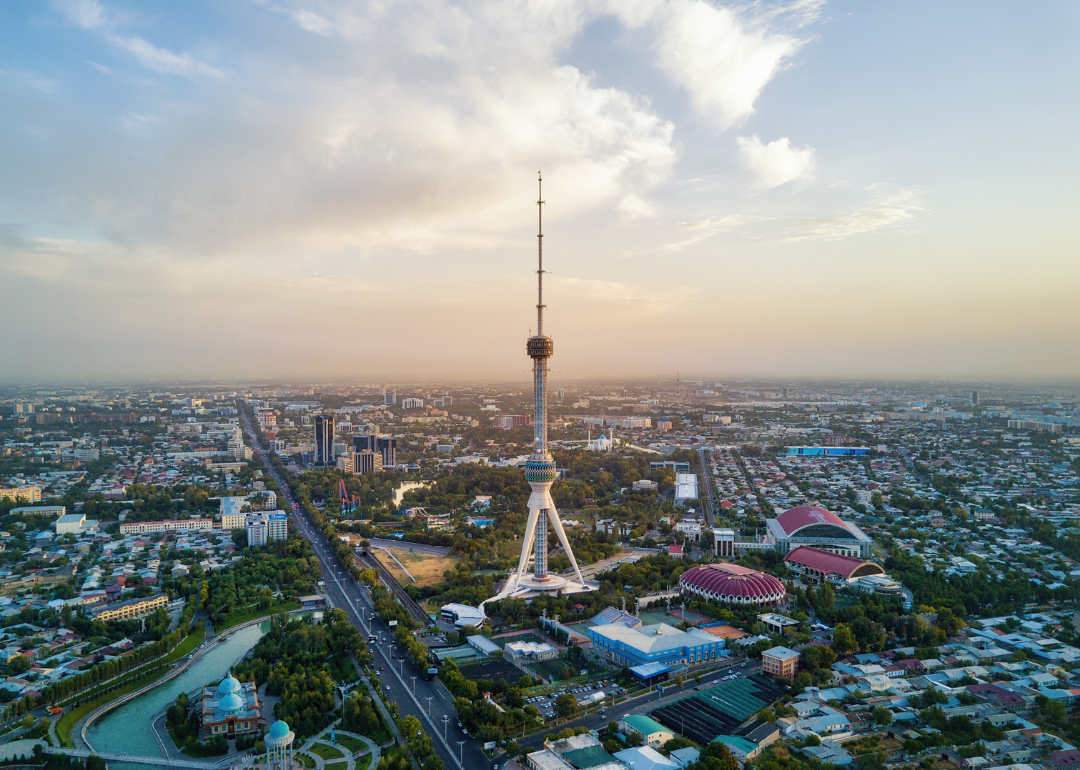
#41. Uzbekistan (tie)
- Score: 28 (based on 7 sources)
- Region: Eastern Europe and Central Asia
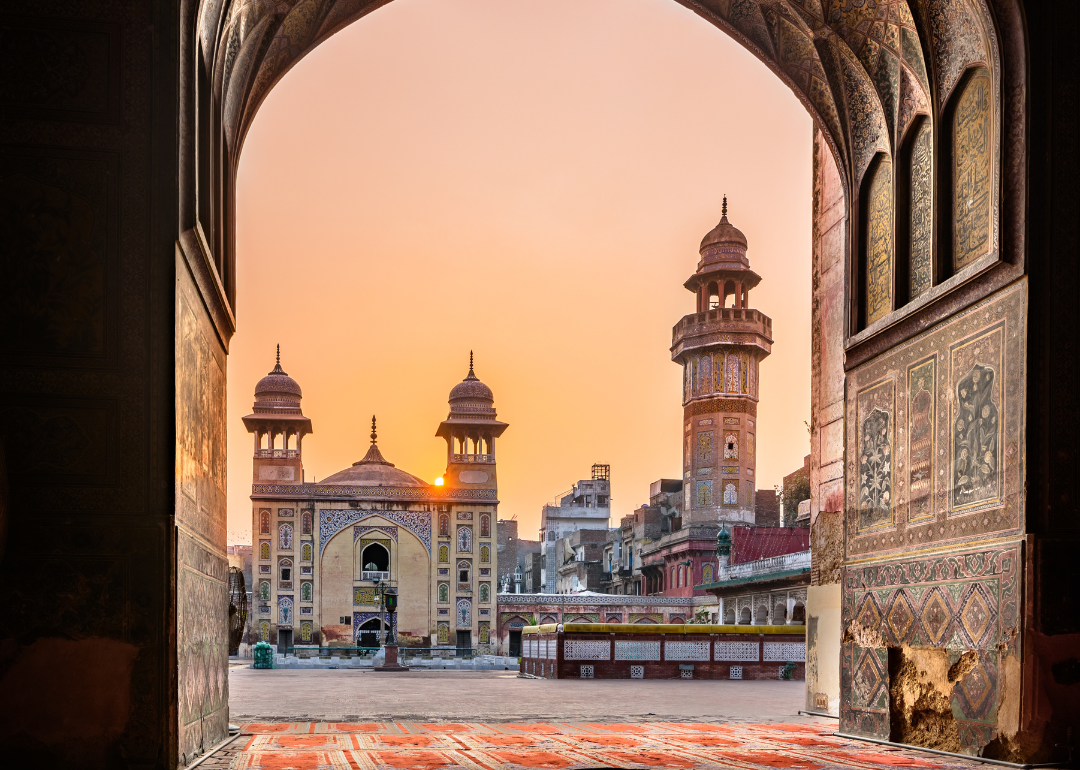
#41. Pakistan (tie)
- Score: 28 (based on 8 sources)
- Region: Asia and The Pacific

#41. Myanmar (tie)
- Score: 28 (based on 7 sources)
- Region: Asia and The Pacific
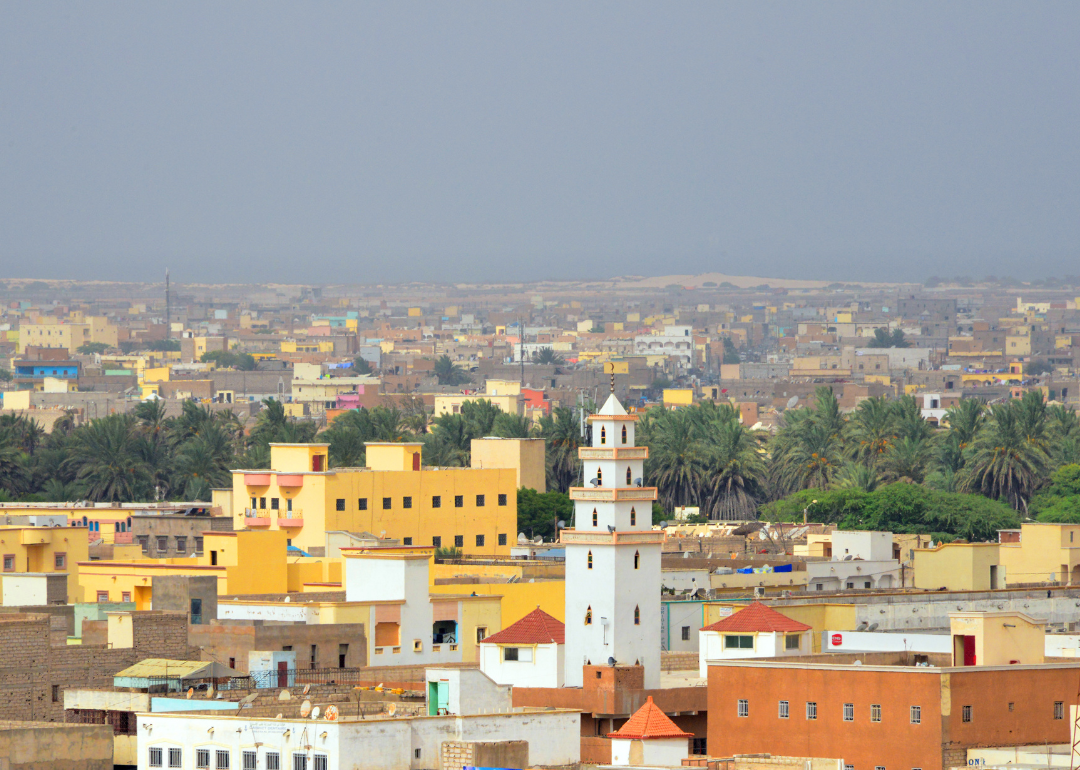
#41. Mauritania (tie)
- Score: 28 (based on 7 sources)
- Region: Sub-Saharan Africa
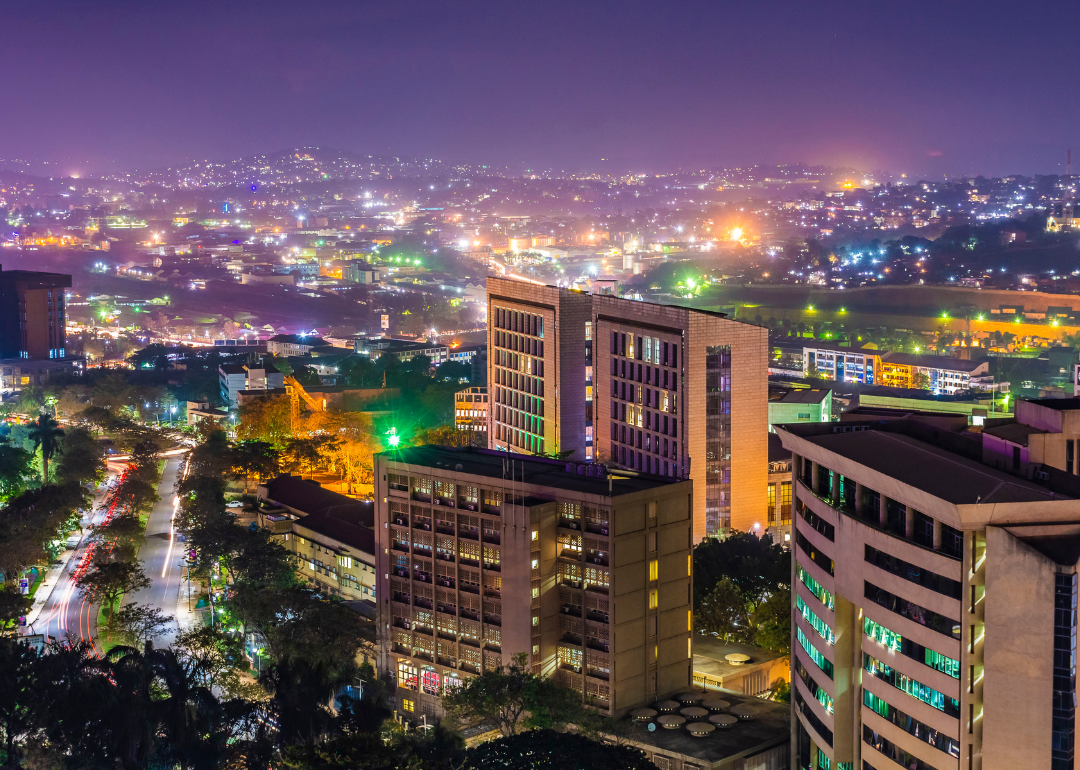
#37. Uganda (tie)
- Score: 27 (based on 9 sources)
- Region: Sub-Saharan Africa
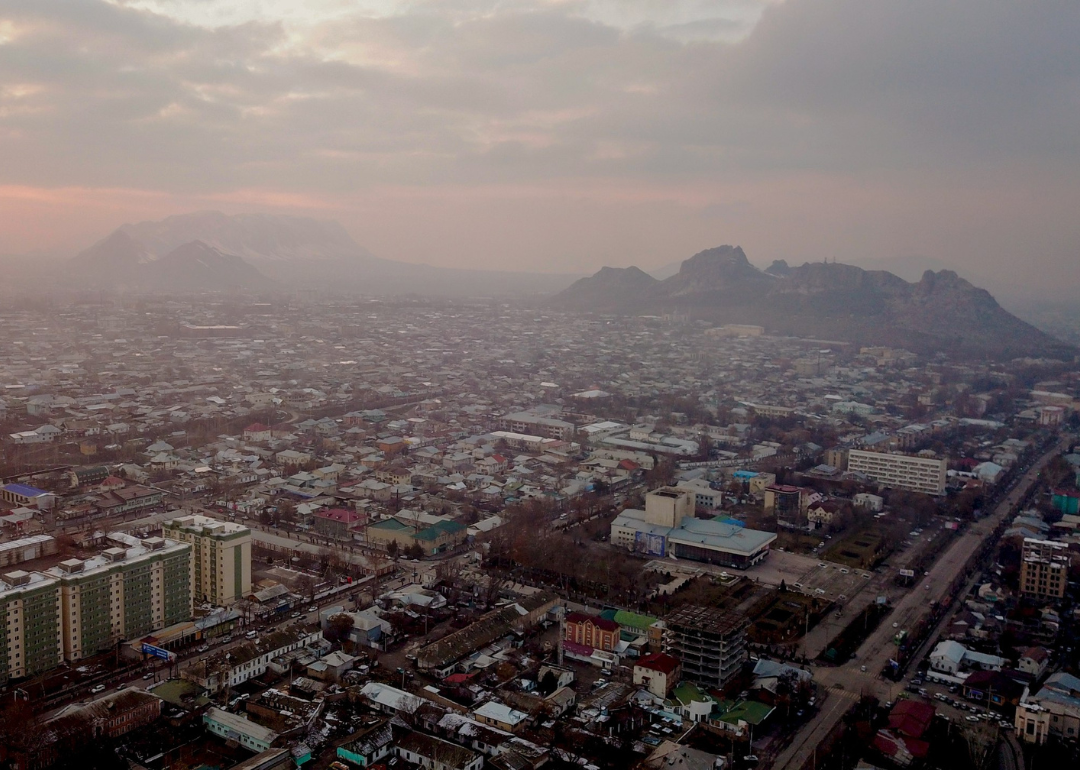
#37. Kyrgyzstan (tie)
- Score: 27 (based on 7 sources)
- Region: Eastern Europe and Central Asia
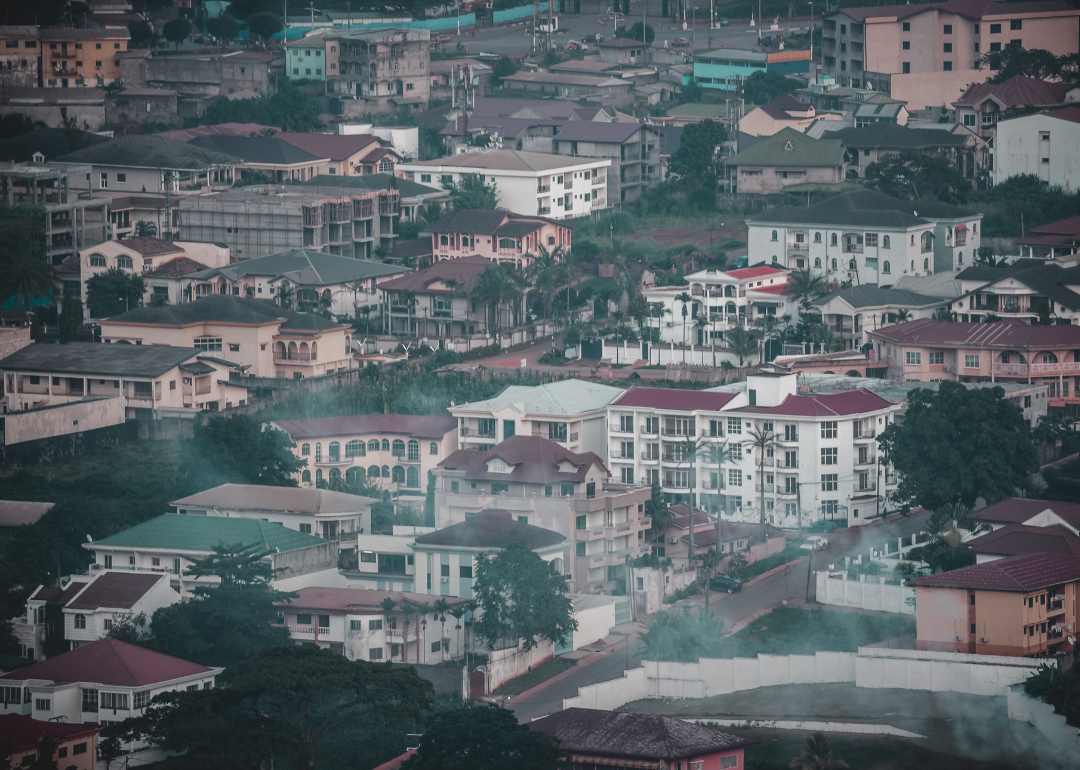
#37. Cameroon (tie)
- Score: 27 (based on 9 sources)
- Region: Sub-Saharan Africa
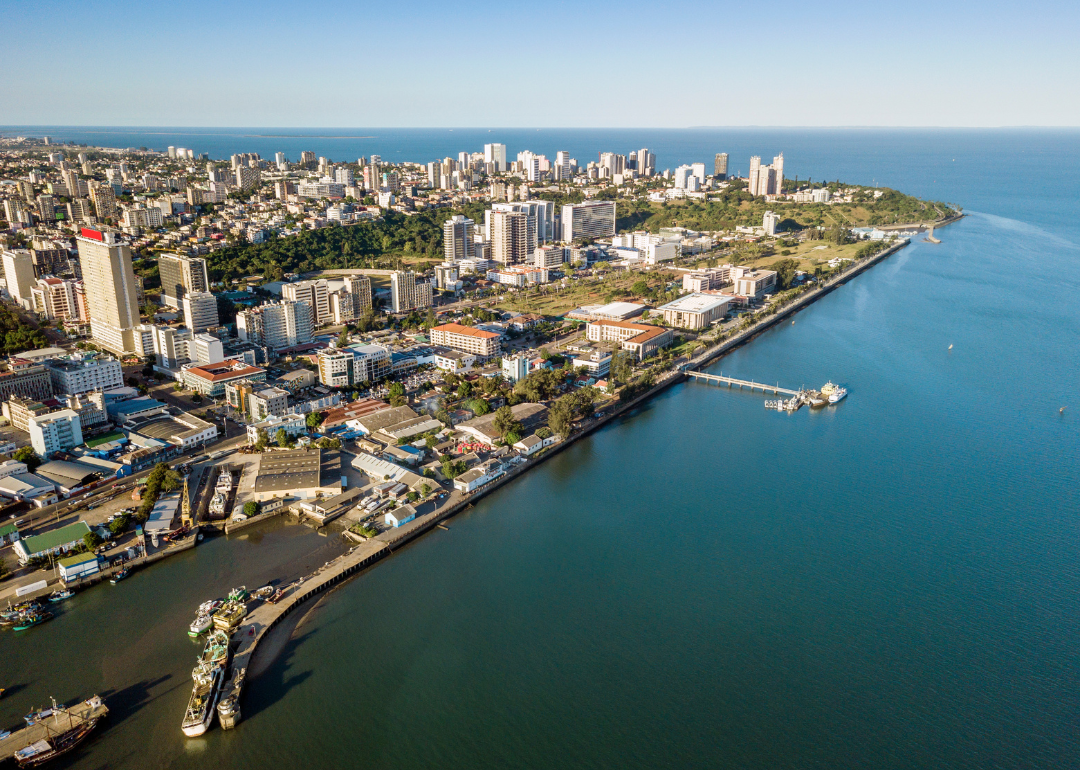
#34. Mozambique (tie)
- Score: 26 (based on 8 sources)
- Region: Sub-Saharan Africa

#34. Madagascar (tie)
- Score: 26 (based on 7 sources)
- Region: Sub-Saharan Africa
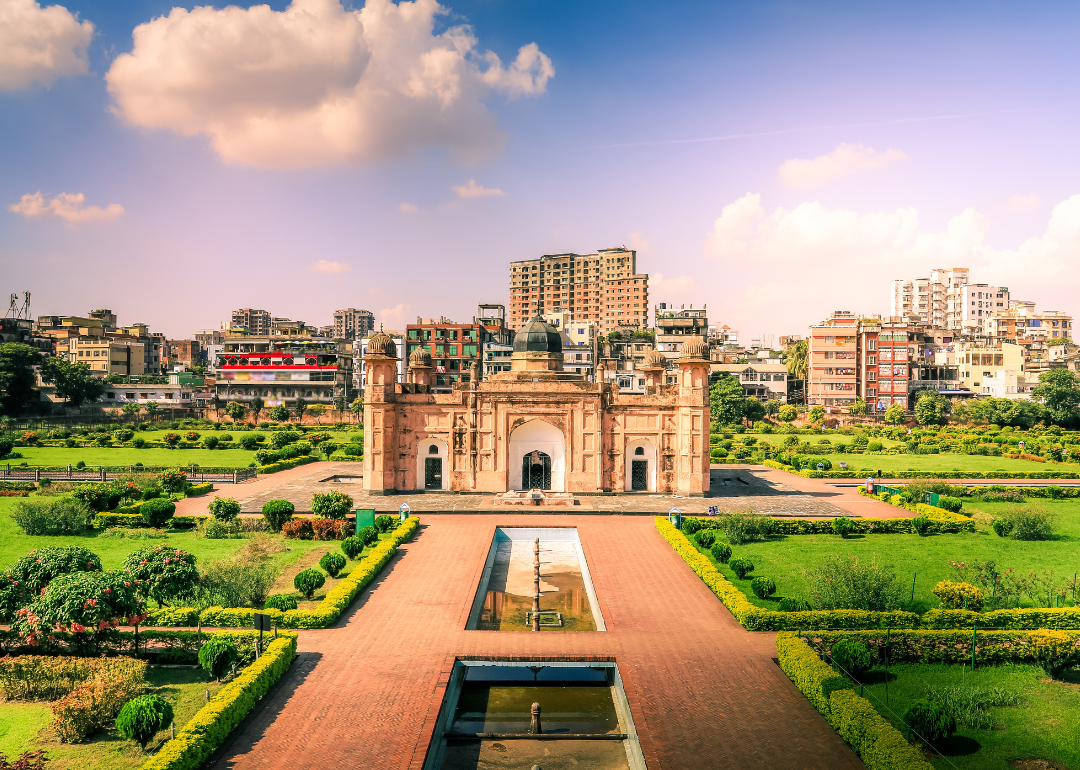
#34. Bangladesh (tie)
- Score: 26 (based on 8 sources)
- Region: Asia and The Pacific
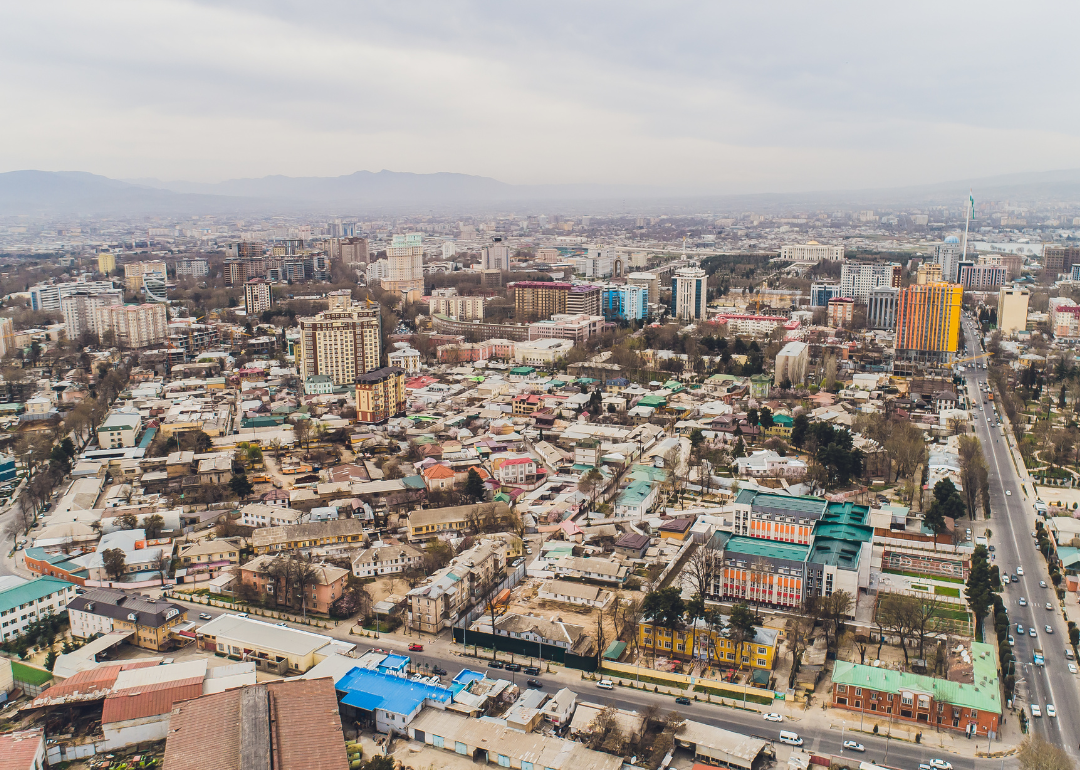
#31. Tajikistan (tie)
- Score: 25 (based on 6 sources)
- Region: Eastern Europe and Central Asia
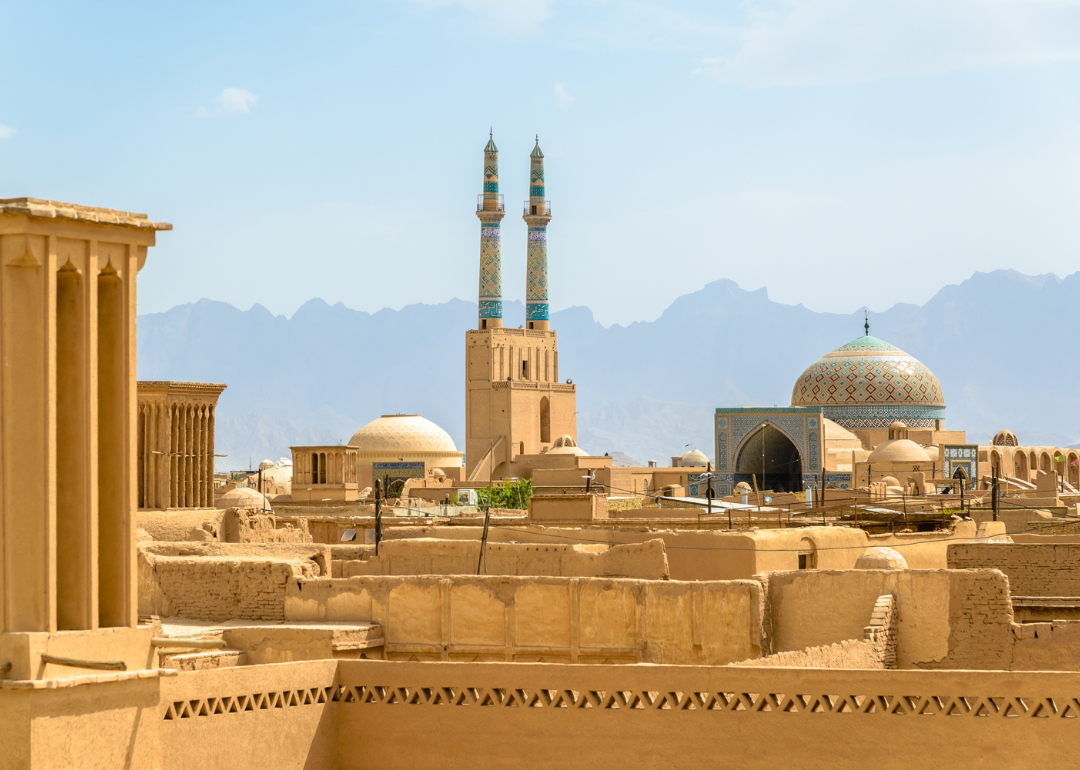
#31. Iran (tie)
- Score: 25 (based on 7 sources)
- Region: Middle East and North Africa
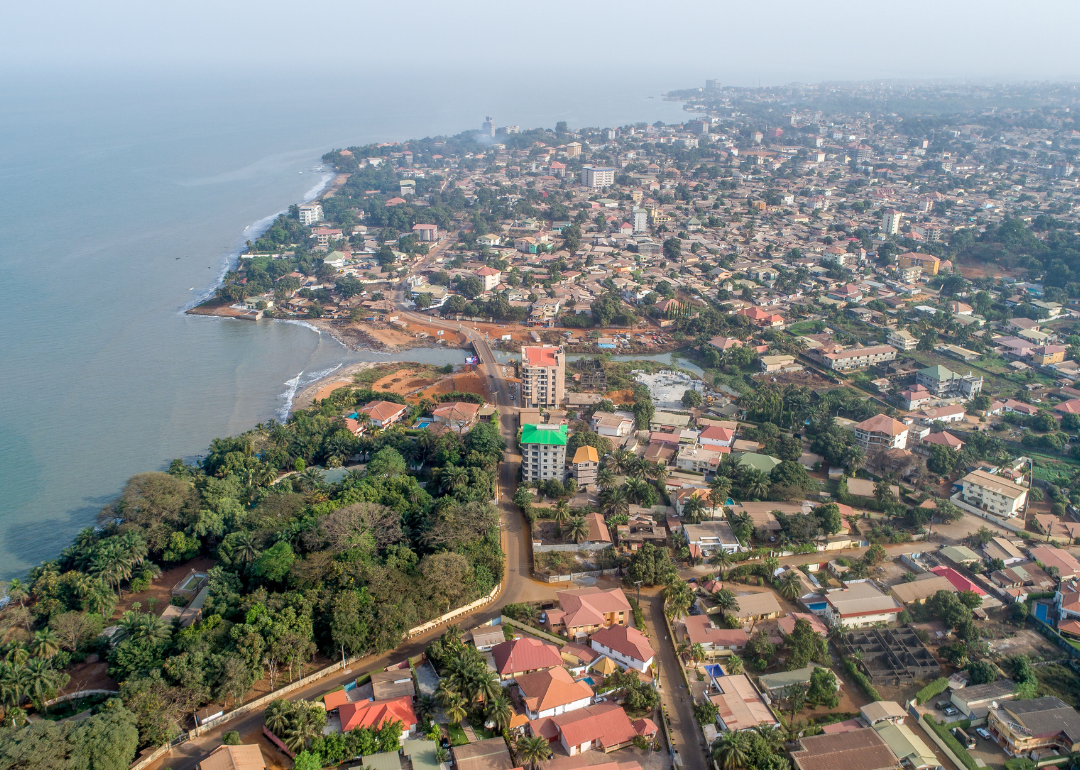
#31. Guinea (tie)
- Score: 25 (based on 8 sources)
- Region: Sub-Saharan Africa
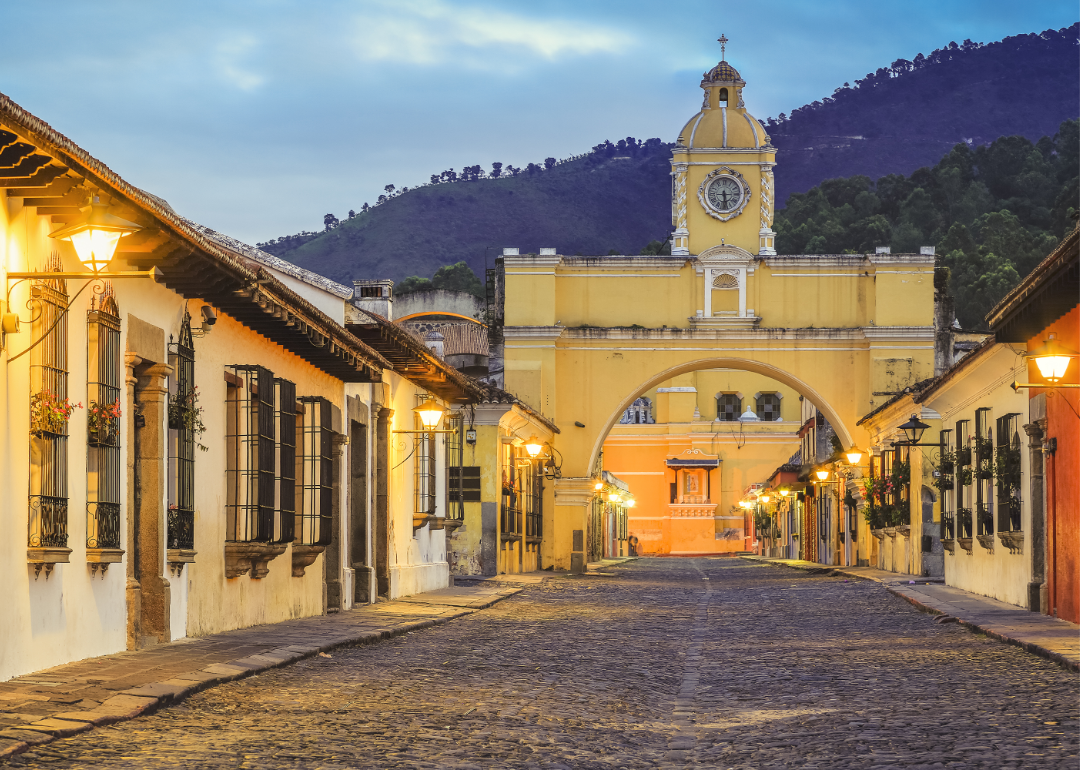
#31. Guatemala (tie)
- Score: 25 (based on 7 sources)
- Region: The Americas
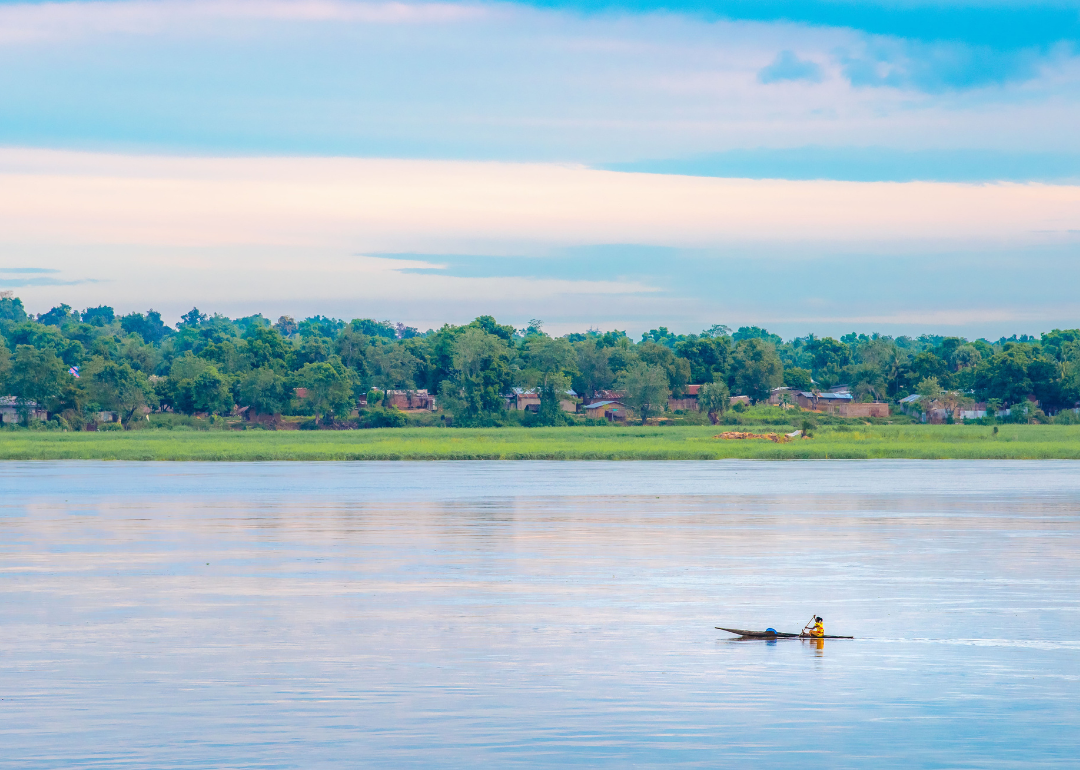
#27. Central African Republic (tie)
- Score: 24 (based on 5 sources)
- Region: Sub-Saharan Africa

#27. Nigeria (tie)
- Score: 24 (based on 8 sources)
- Region: Sub-Saharan Africa
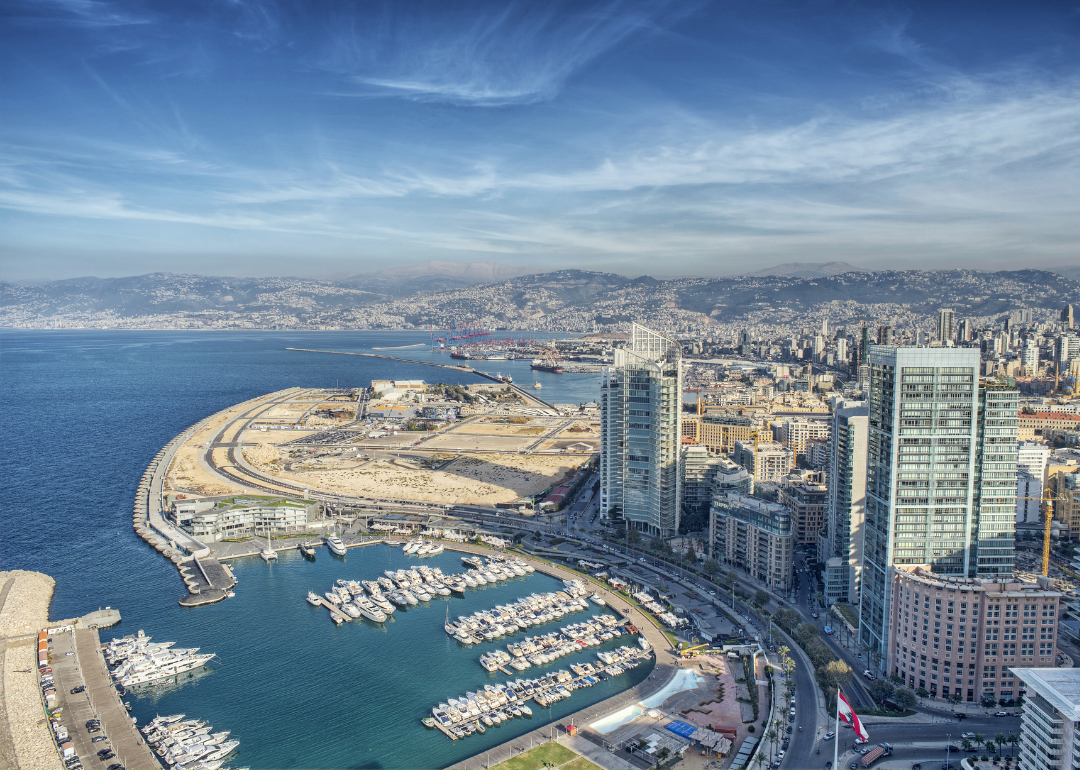
#27. Lebanon (tie)
- Score: 24 (based on 7 sources)
- Region: Middle East and North Africa

#24. Zimbabwe (tie)
- Score: 23 (based on 8 sources)
- Region: Sub-Saharan Africa
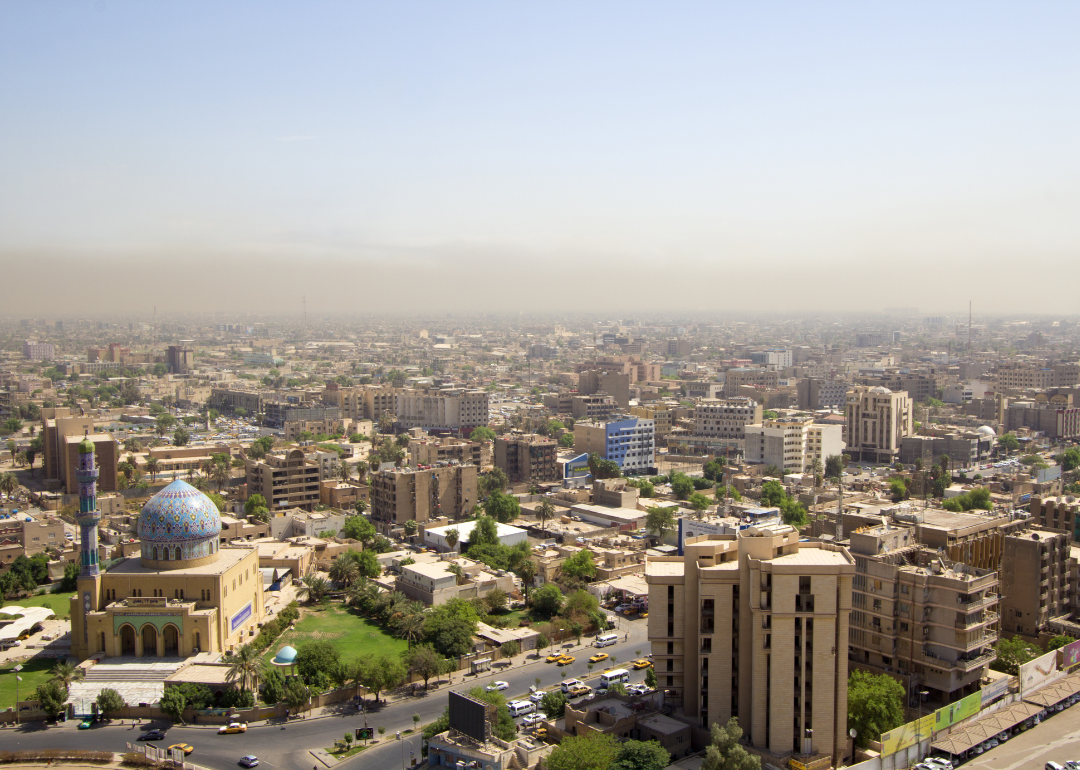
#24. Iraq (tie)
- Score: 23 (based on 5 sources)
- Region: Middle East and North Africa
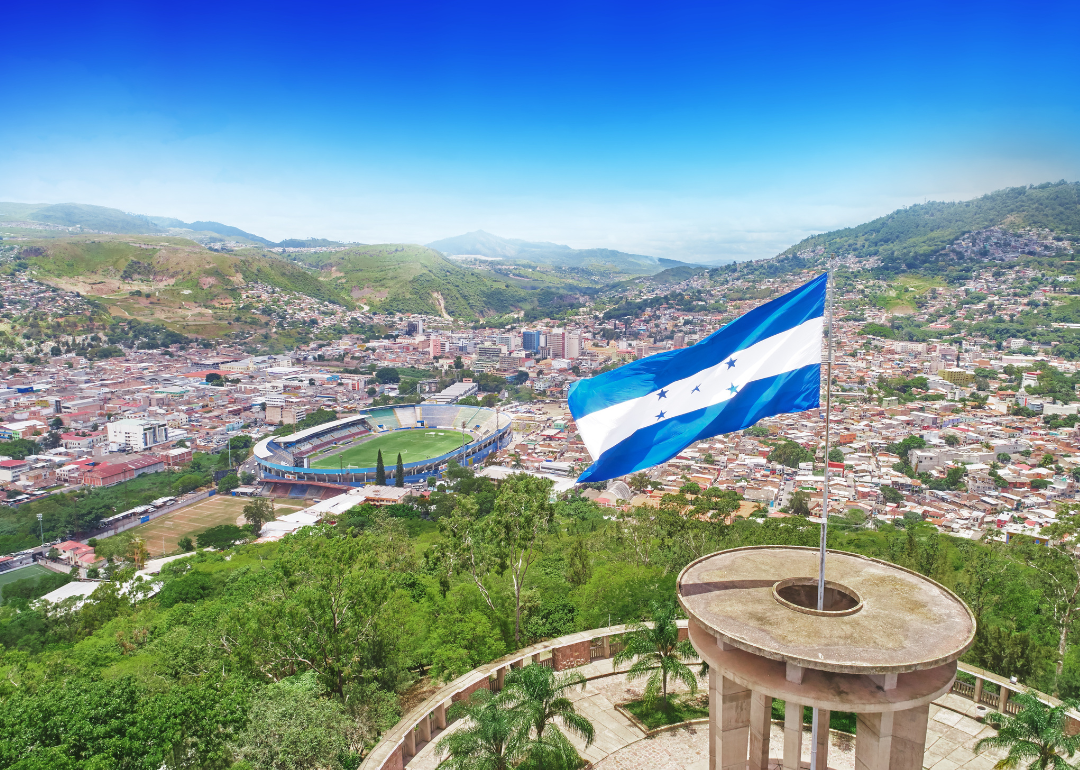
#24. Honduras (tie)
- Score: 23 (based on 8 sources)
- Region: The Americas
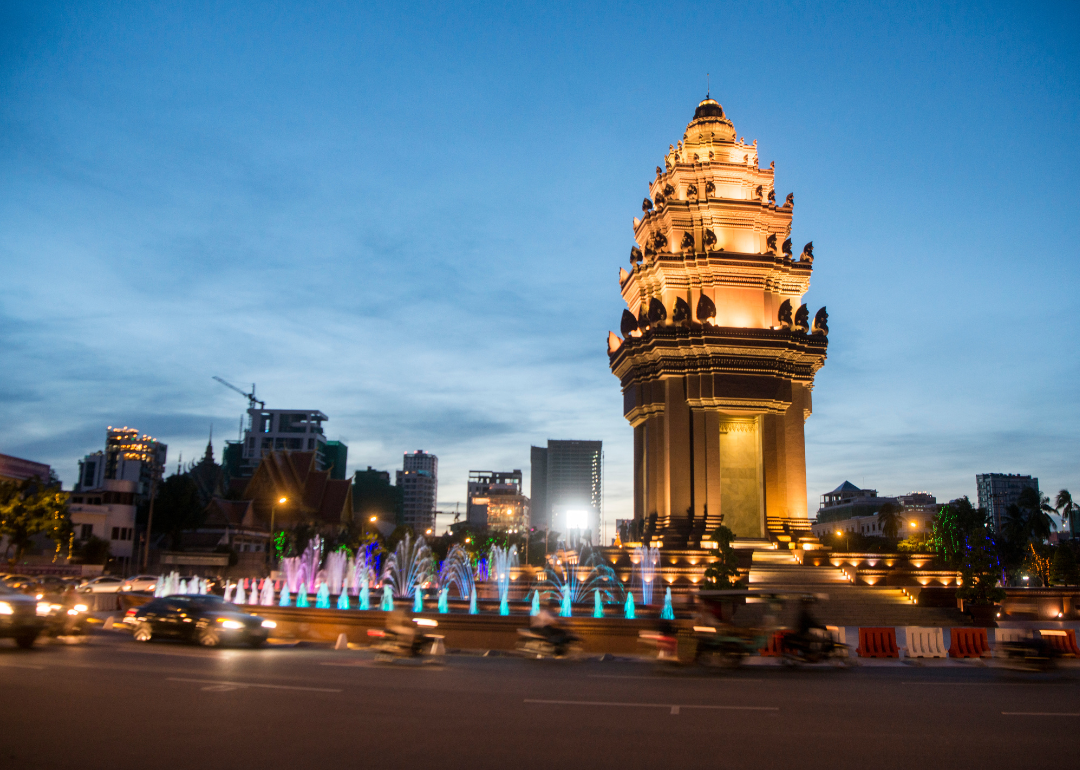
#24. Cambodia (tie)
- Score: 23 (based on 8 sources)
- Region: Asia and The Pacific
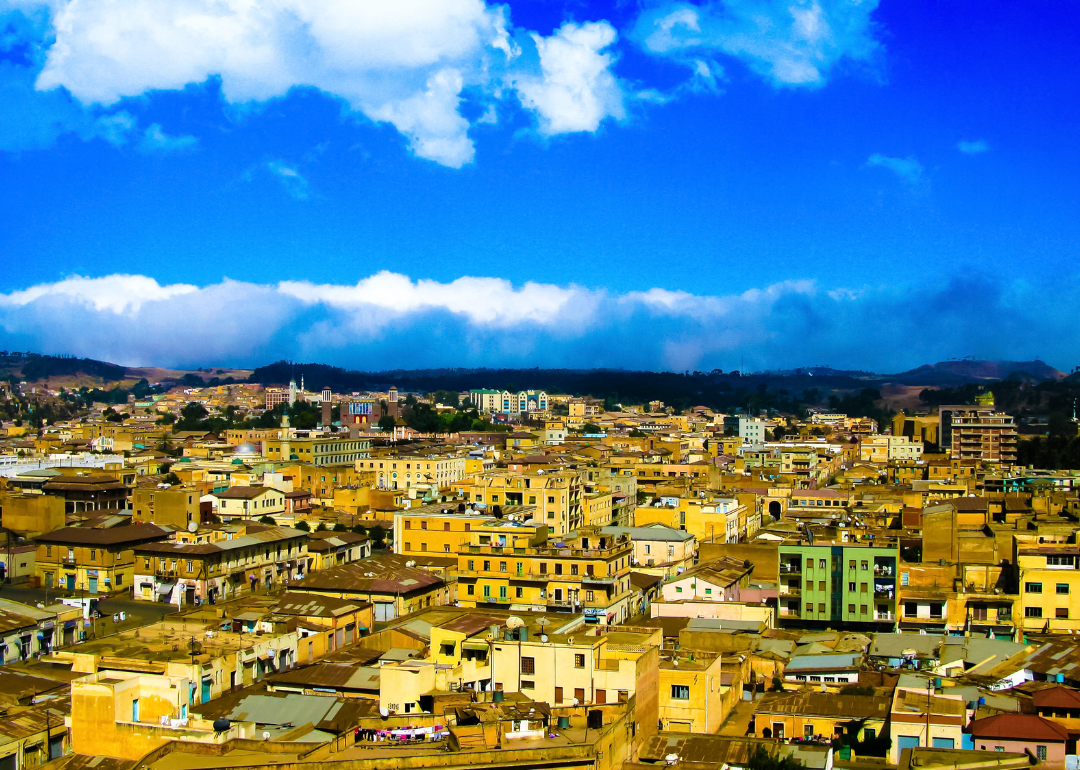
#20. Eritrea
- Score: 22 (based on 5 sources)
- Region: Sub-Saharan Africa
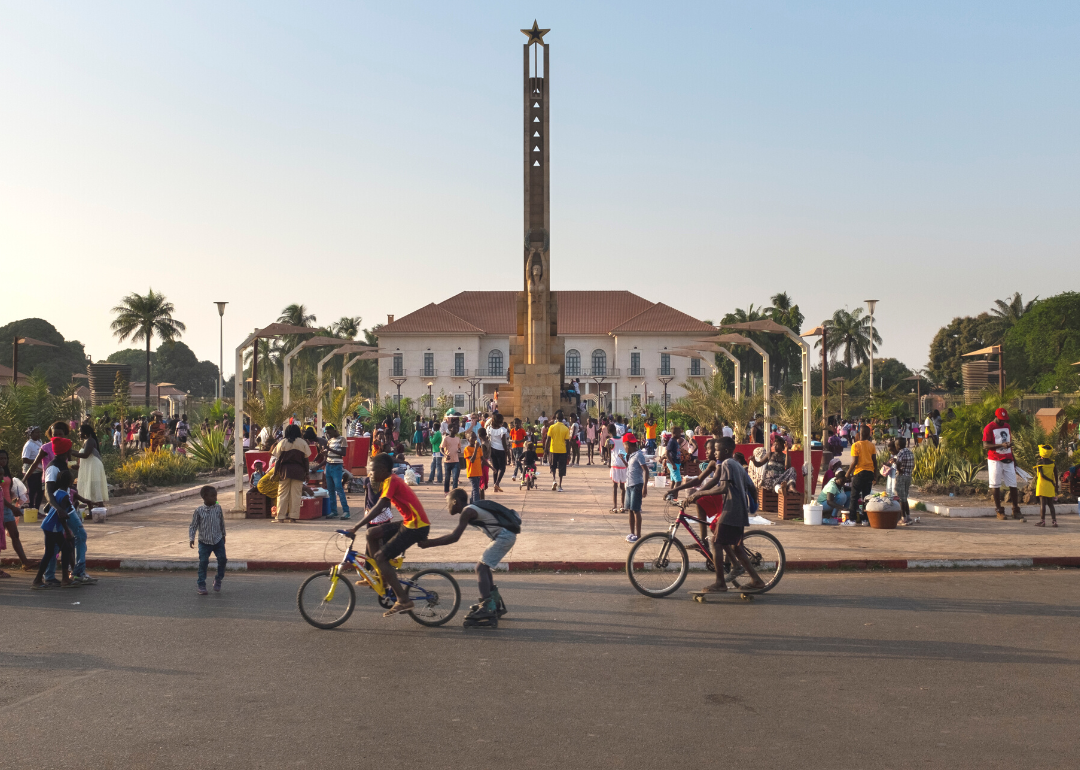
#19. Guinea Bissau (tie)
- Score: 21 (based on 6 sources)
- Region: Sub-Saharan Africa
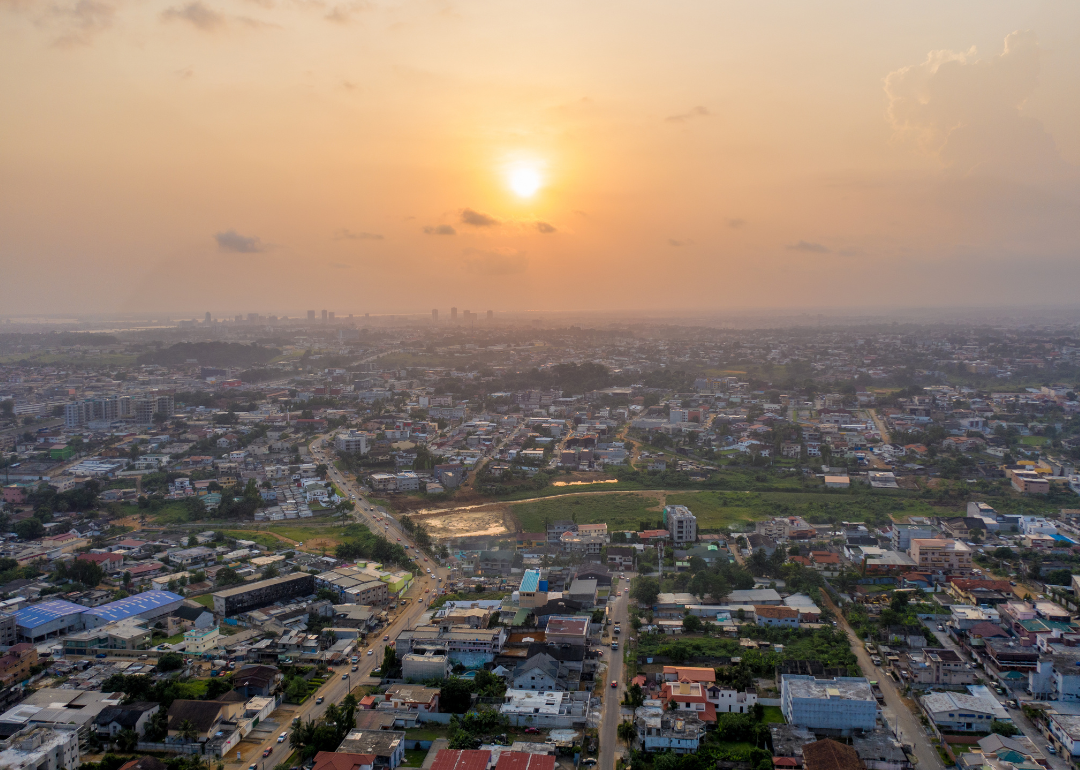
#19. Congo (tie)
- Score: 21 (based on 7 sources)
- Region: Sub-Saharan Africa
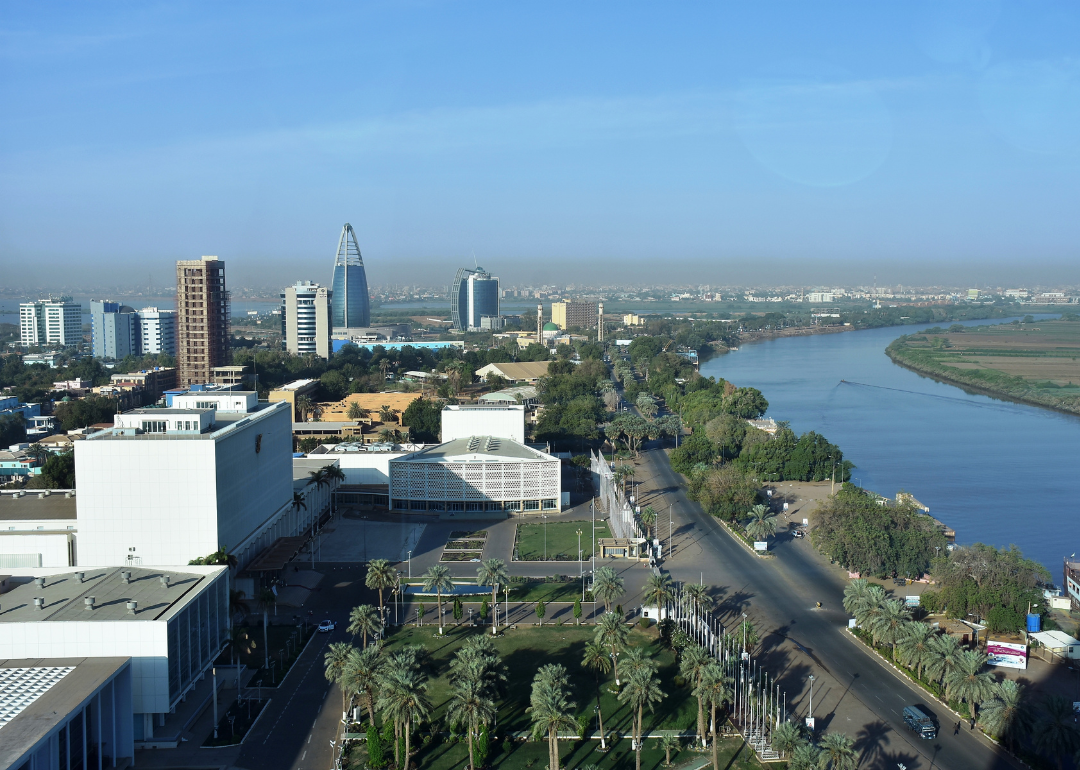
#17. Sudan (tie)
- Score: 20 (based on 8 sources)
- Region: Sub-Saharan Africa
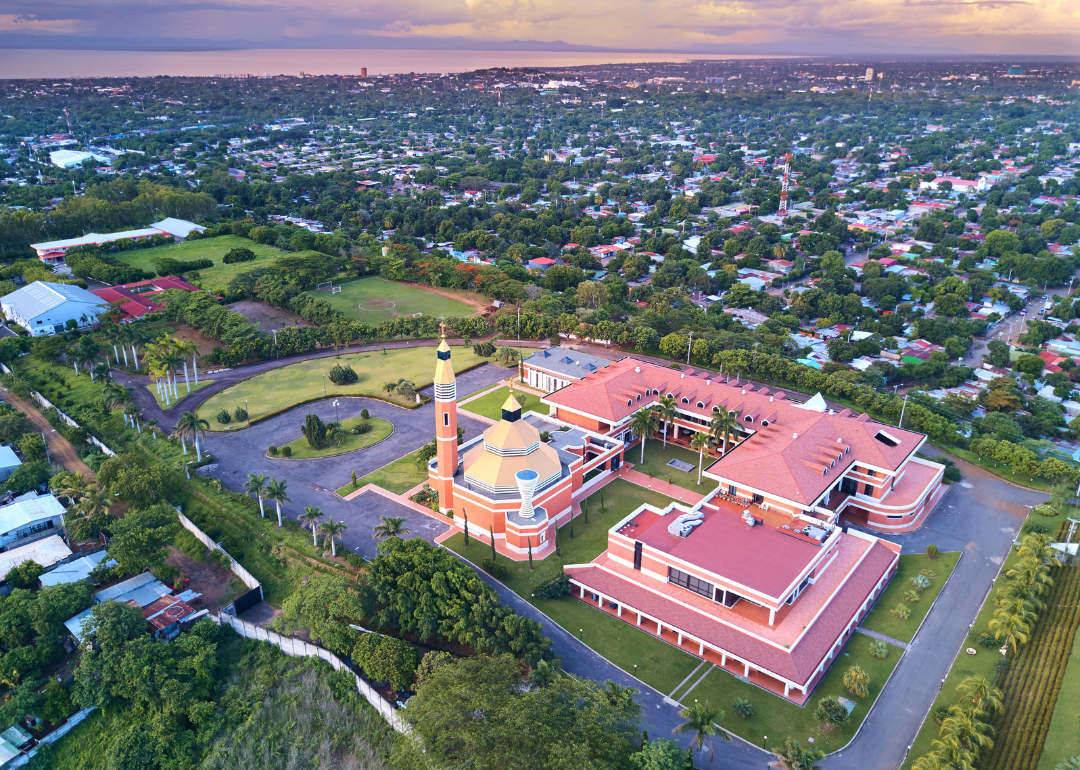
#17. Nicaragua (tie)
- Score: 20 (based on 8 sources)
- Region: The Americas
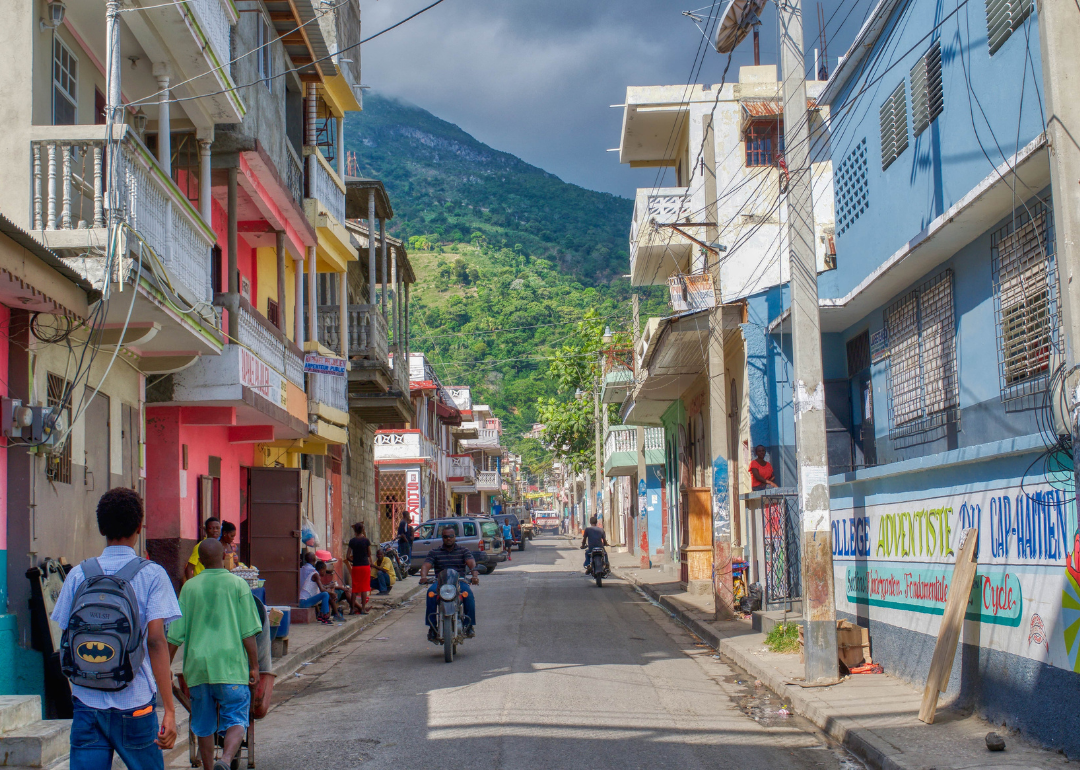
#17. Haiti (tie)
- Score: 20 (based on 6 sources)
- Region: The Americas
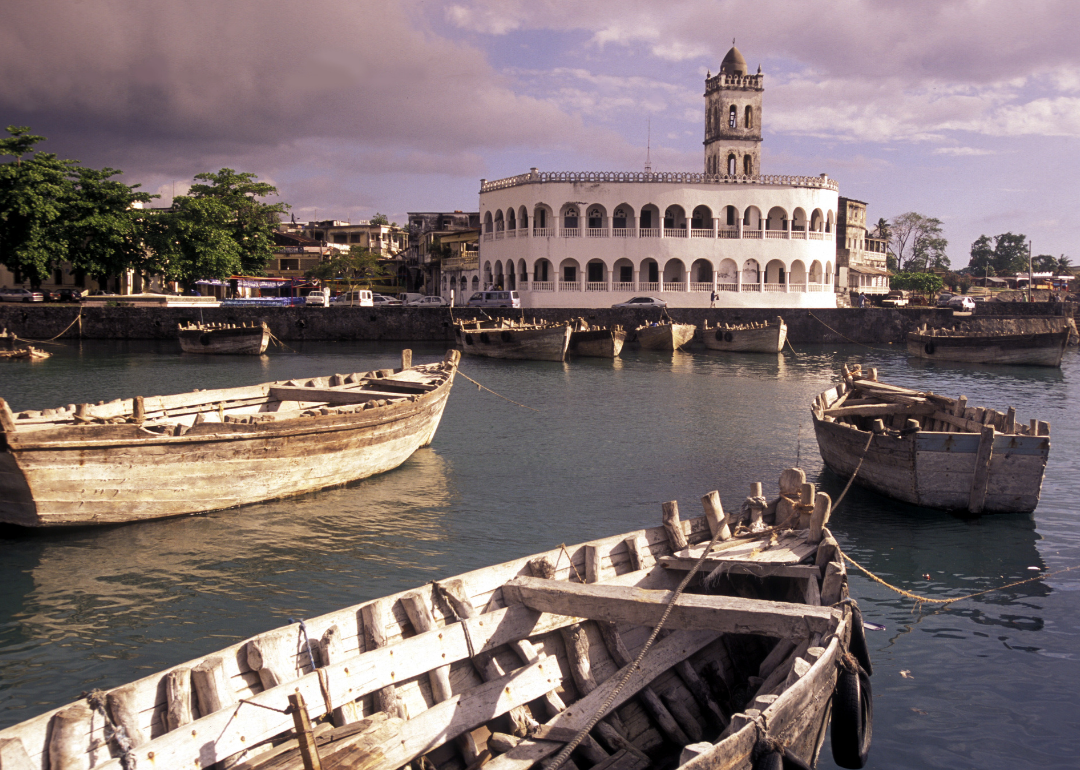
#17. Comoros (tie)
- Score: 20 (based on 4 sources)
- Region: Sub-Saharan Africa
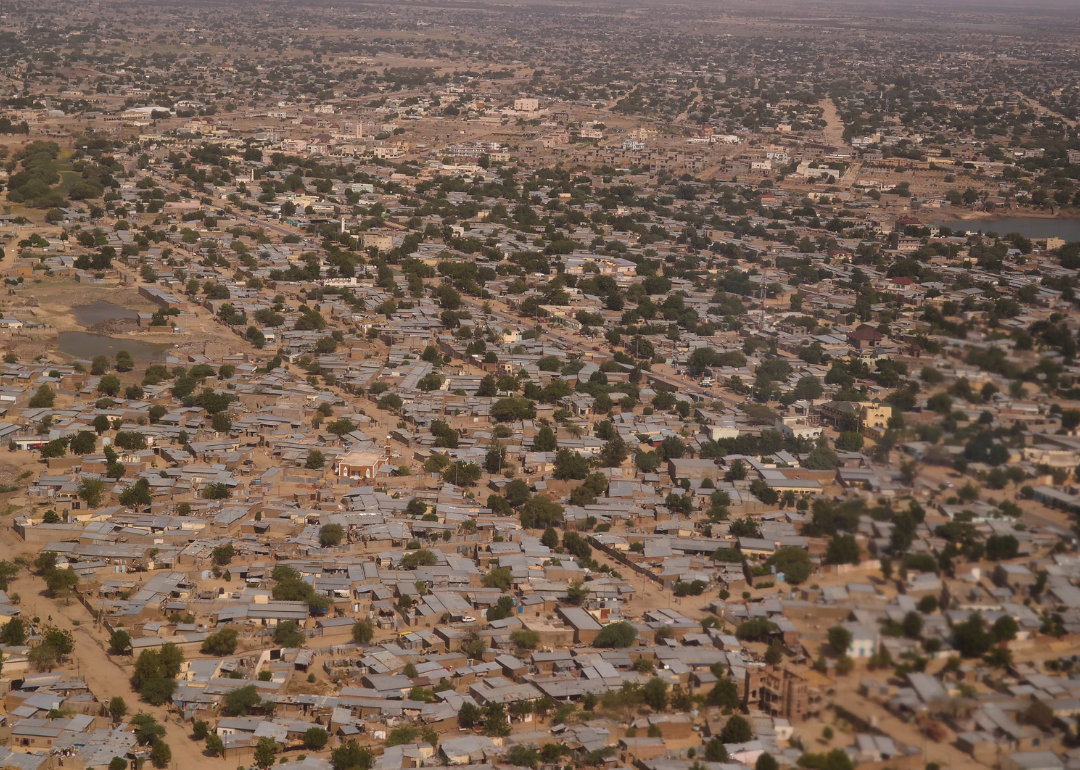
#17. Chad (tie)
- Score: 20 (based on 6 sources)
- Region: Sub-Saharan Africa
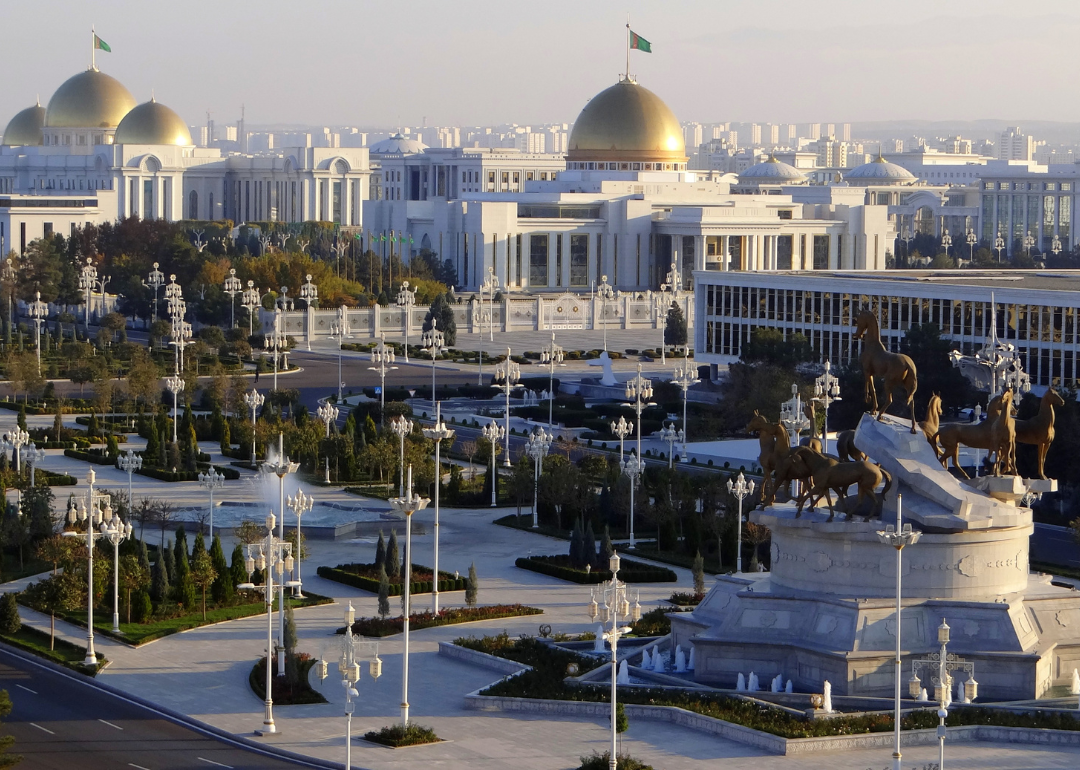
#12. Turkmenistan (tie)
- Score: 19 (based on 5 sources)
- Region: Eastern Europe and Central Asia
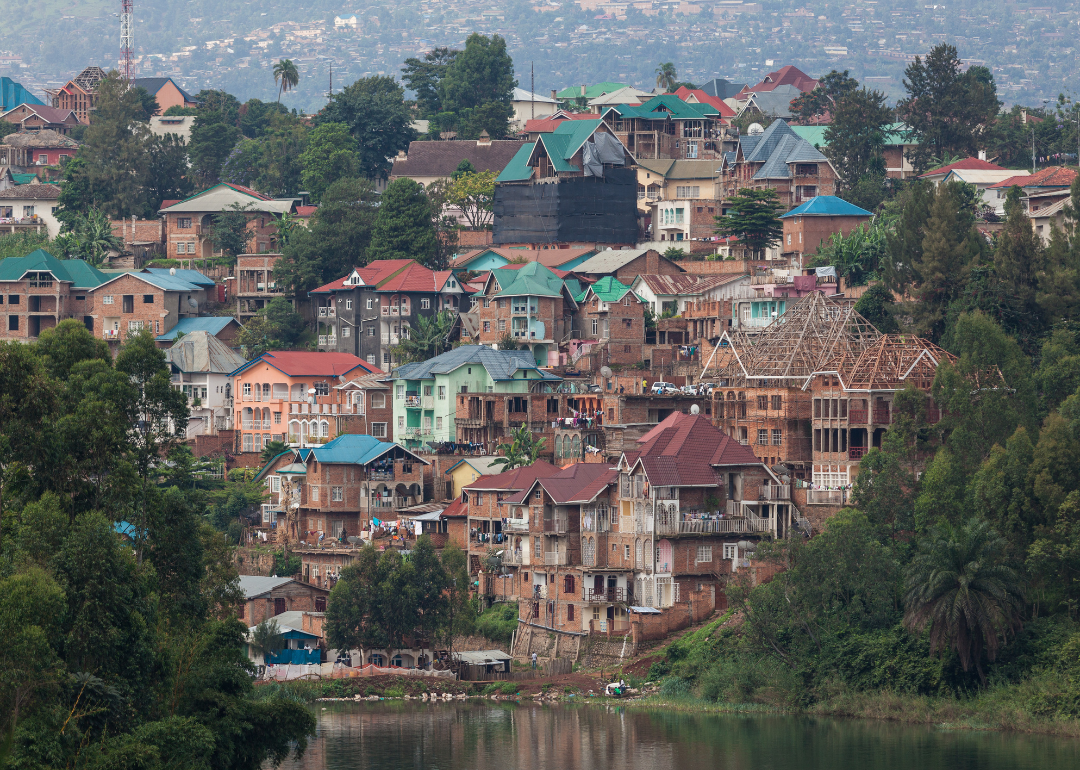
#12. Democratic Republic of the Congo (tie)
- Score: 19 (based on 9 sources)
- Region: Sub-Saharan Africa
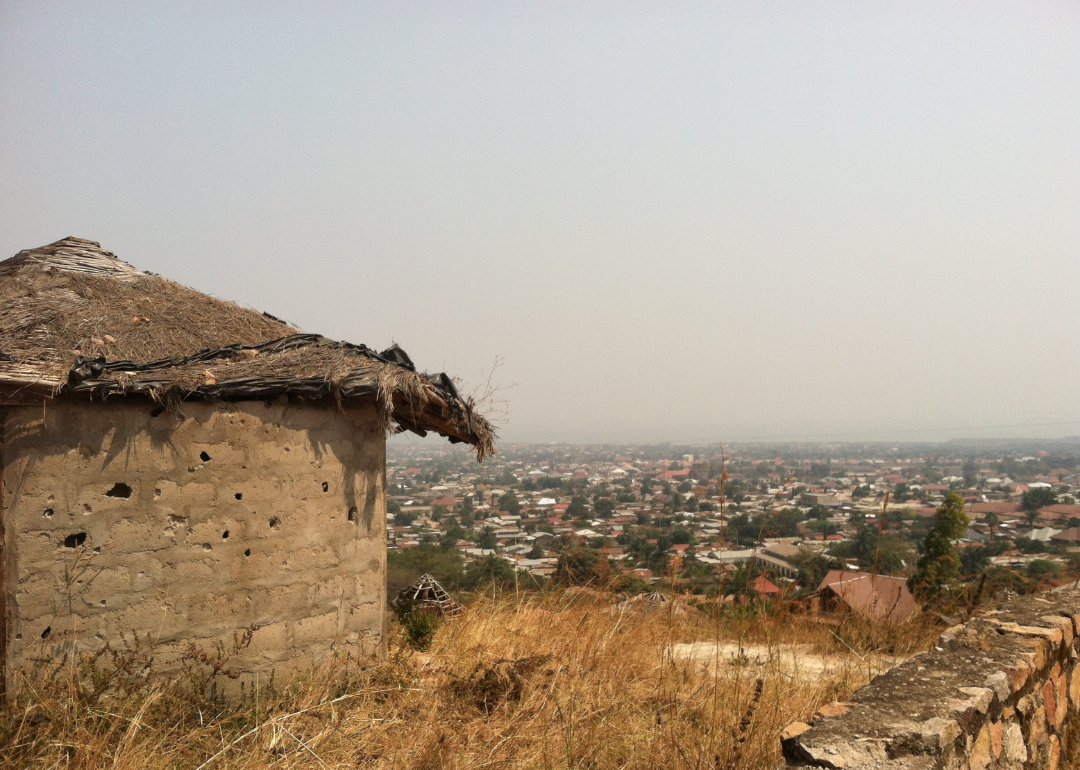
#12. Burundi (tie)
- Score: 19 (based on 6 sources)
- Region: Sub-Saharan Africa
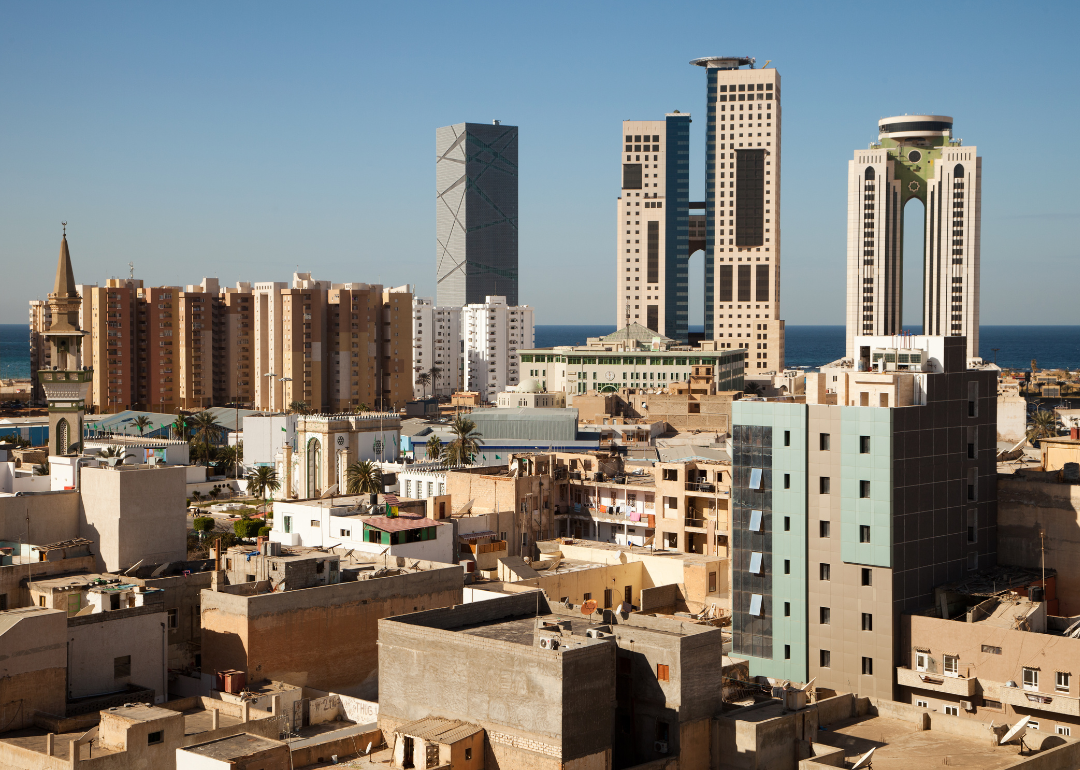
#9. Libya (tie)
- Score: 17 (based on 5 sources)
- Region: Middle East and North Africa
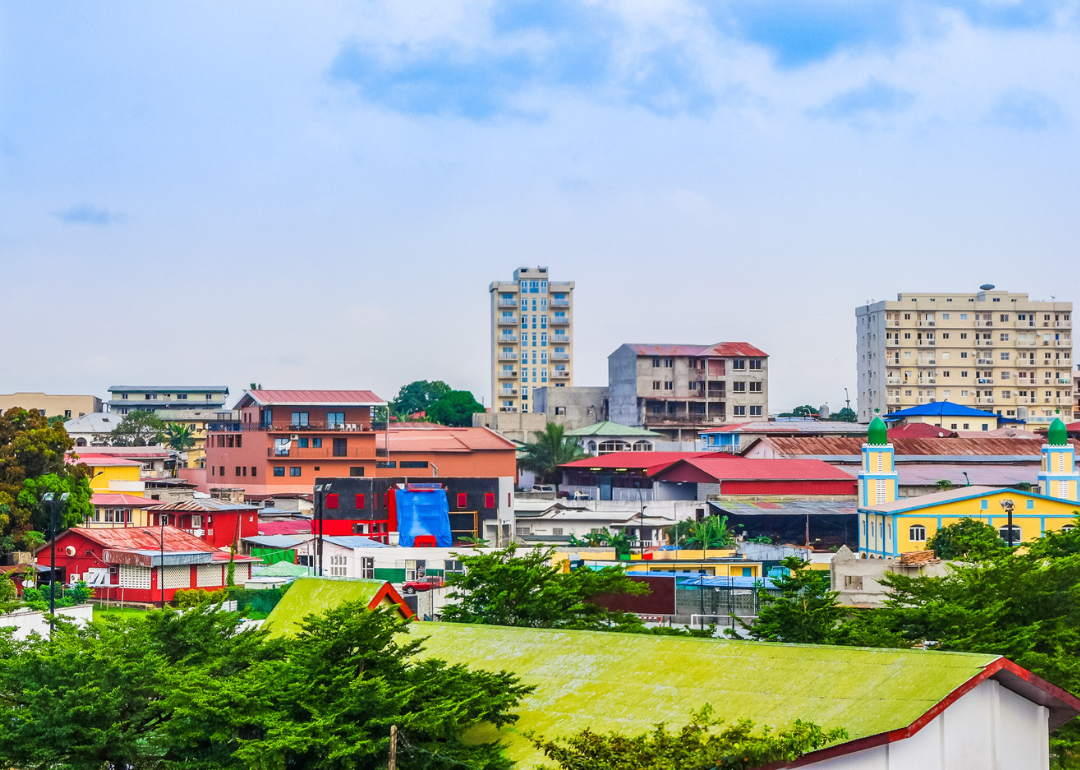
#9. Equatorial Guinea (tie)
- Score: 17 (based on 4 sources)
- Region: Sub-Saharan Africa
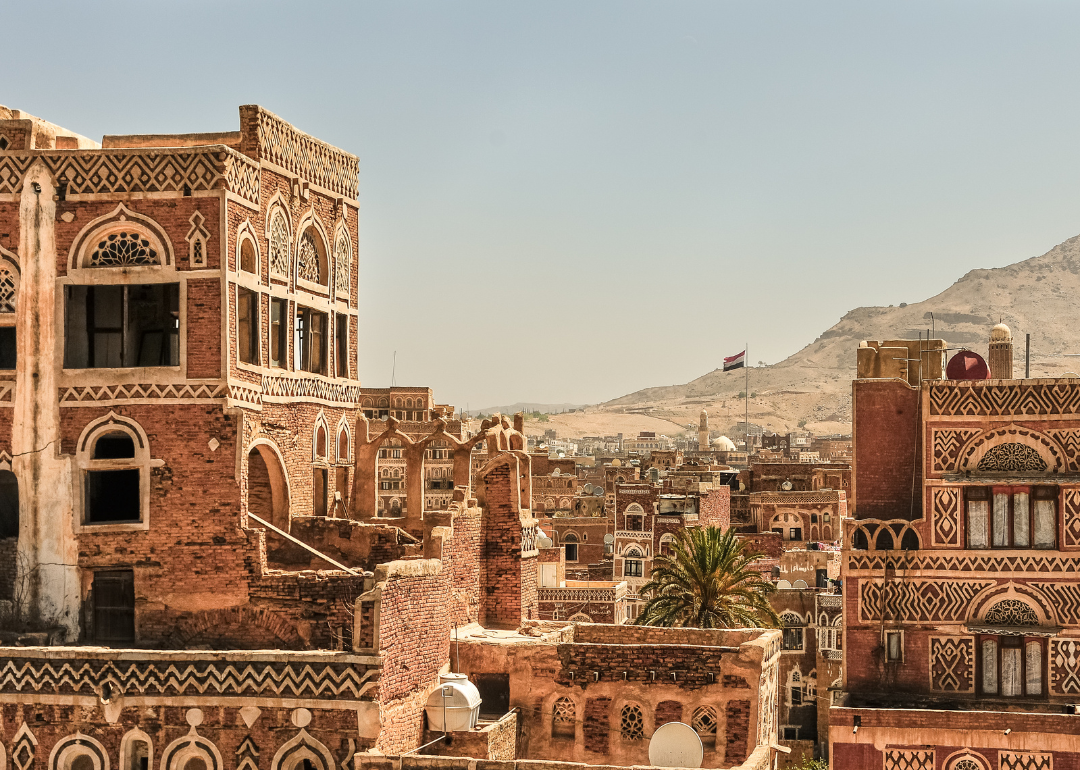
#7. Yemen (tie)
- Score: 16 (based on 7 sources)
- Region: Middle East and North Africa
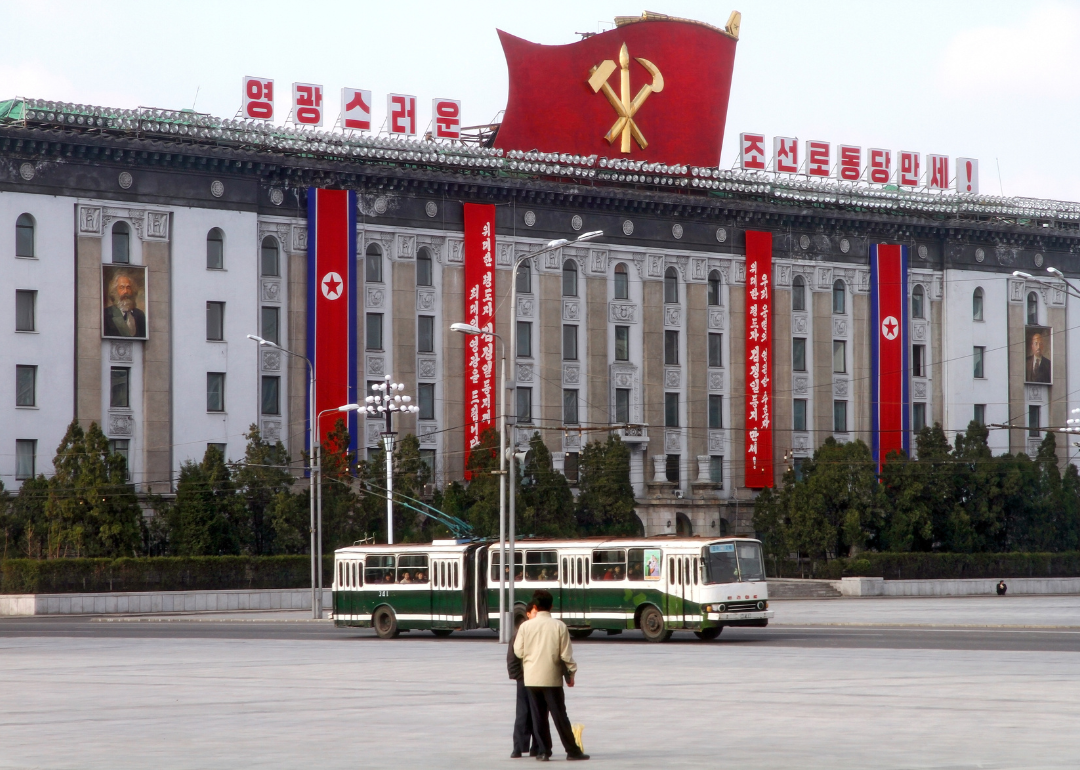
#7. Korea, North (tie)
- Score: 16 (based on 4 sources)
- Region: Asia and The Pacific
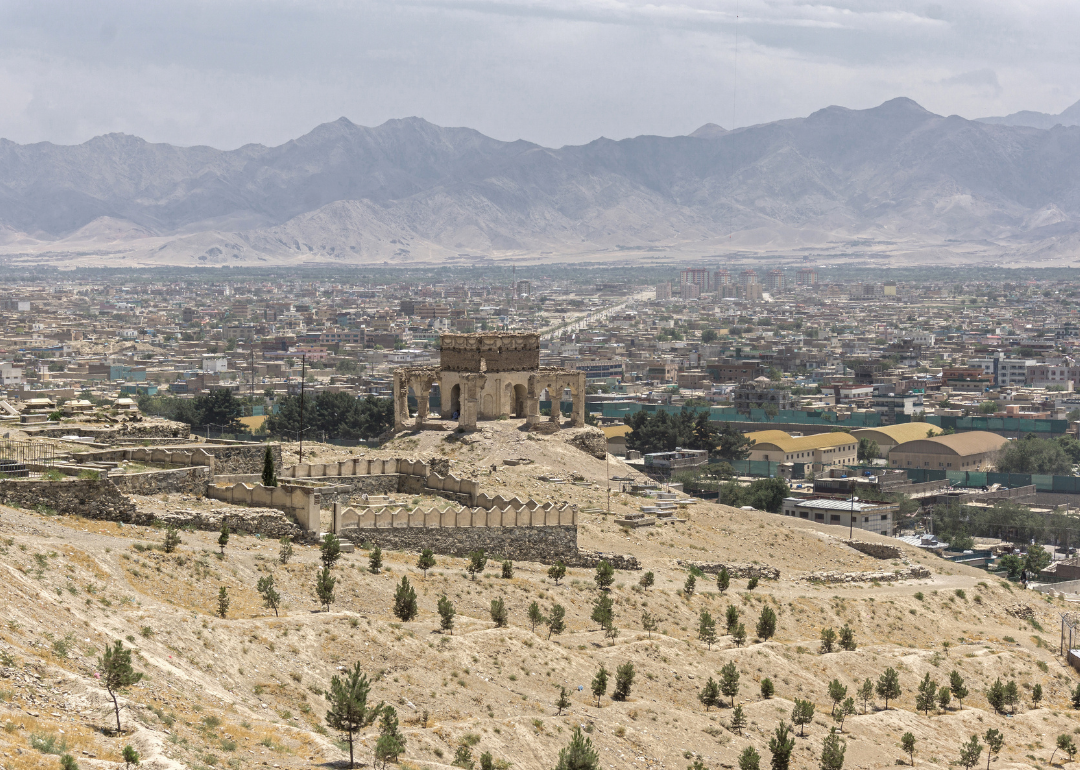
#7. Afghanistan (tie)
- Score: 16 (based on 5 sources)
- Region: Asia and The Pacific
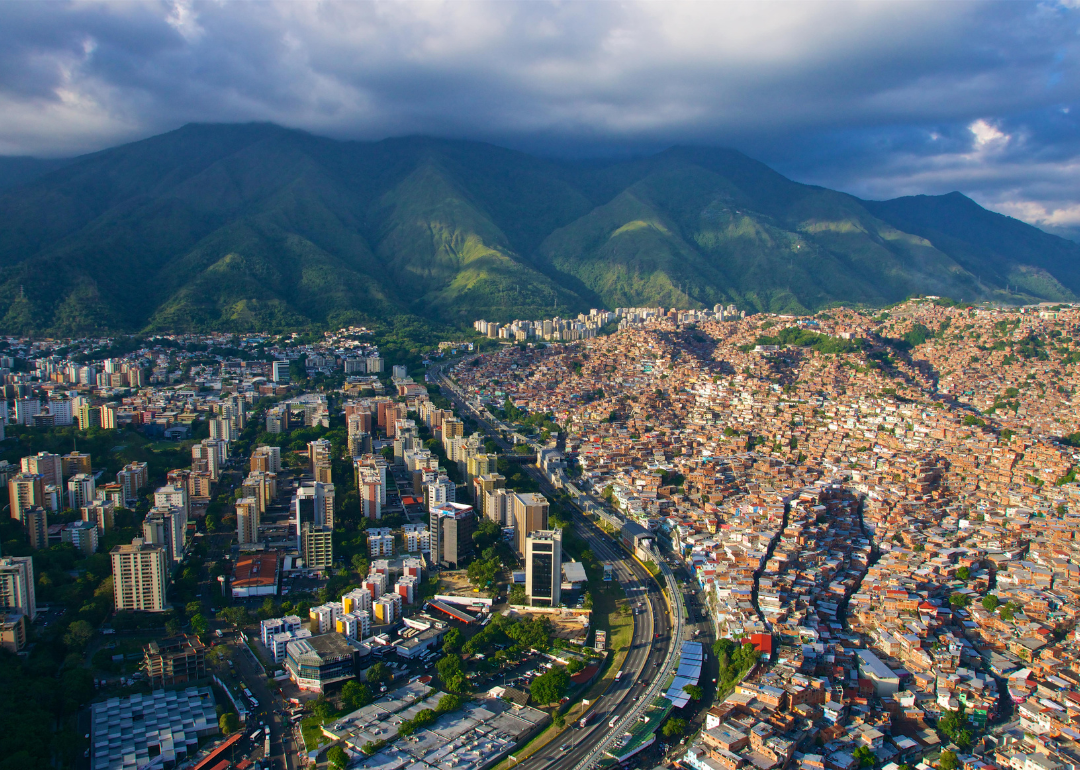
#4. Venezuela
- Score: 14 (based on 8 sources)
- Region: The Americas
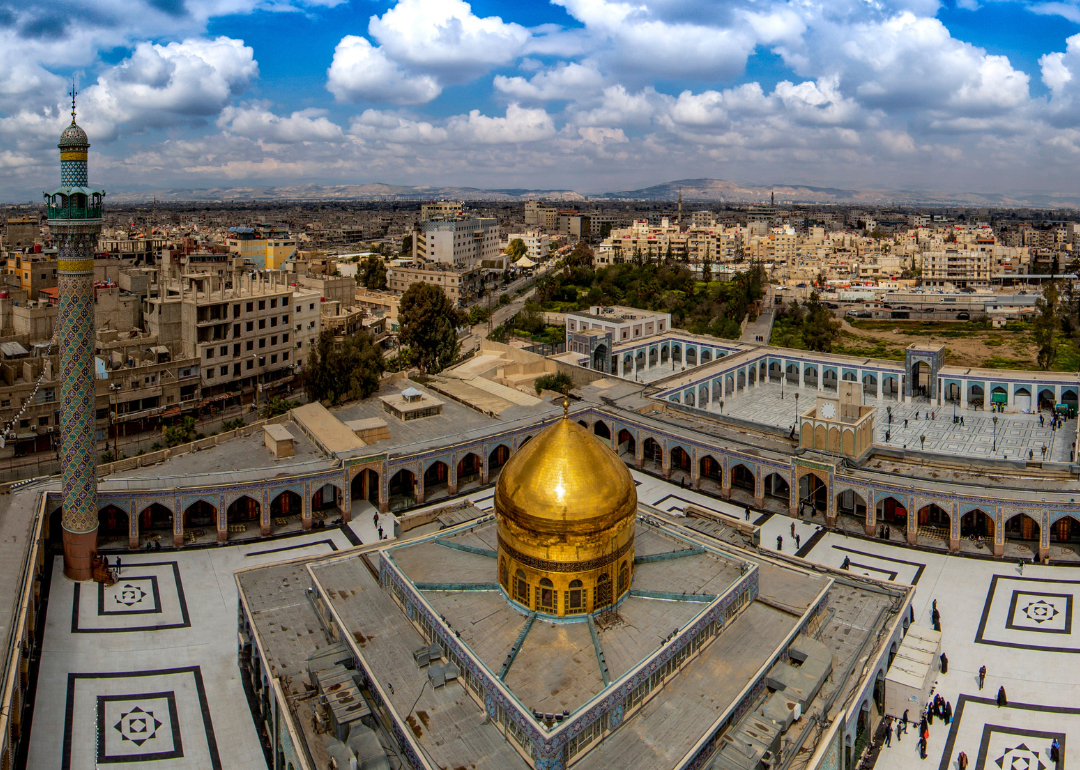
#3. Syria (tie)
- Score: 13 (based on 5 sources)
- Region: Middle East and North Africa
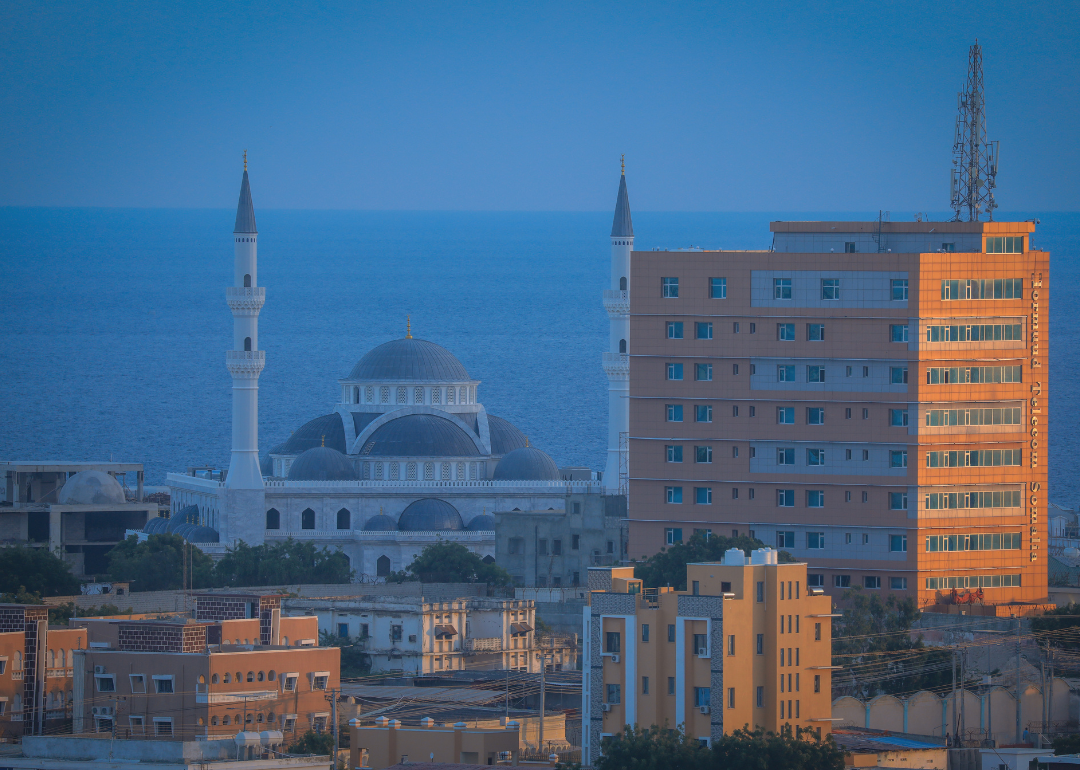
#3. Somalia (tie)
- Score: 13 (based on 6 sources)
- Region: Sub-Saharan Africa
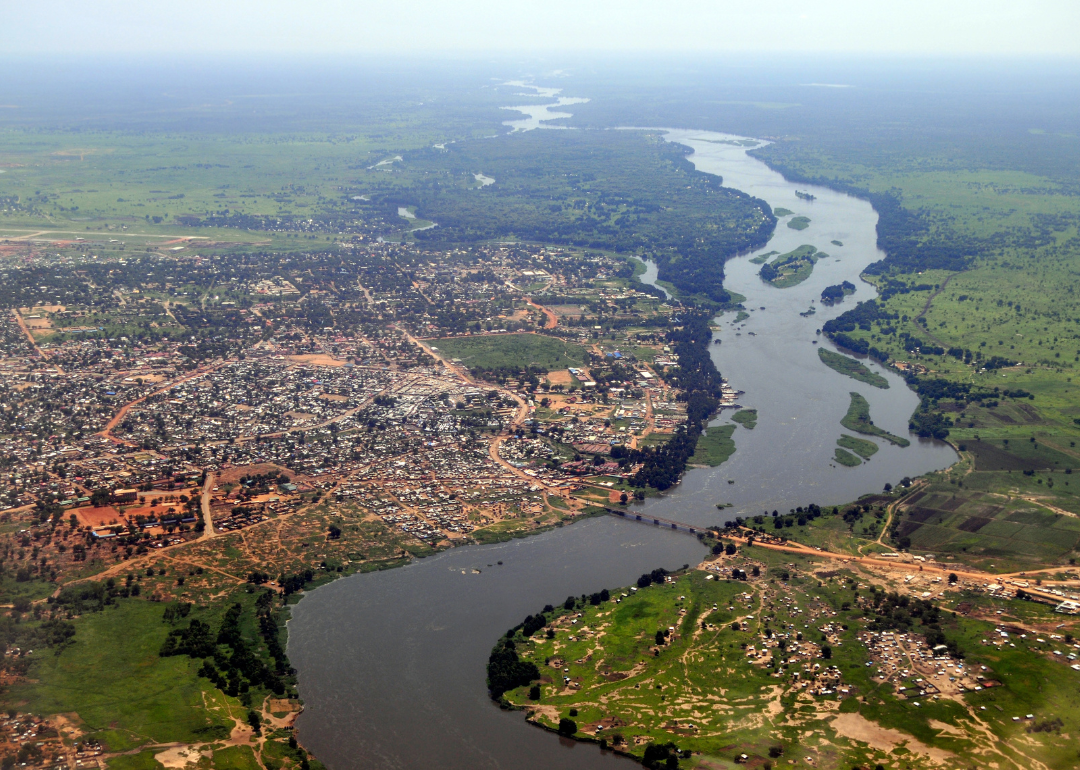
#1. South Sudan
- Score: 11 (based on 5 sources)
- Region: Sub-Saharan Africa



